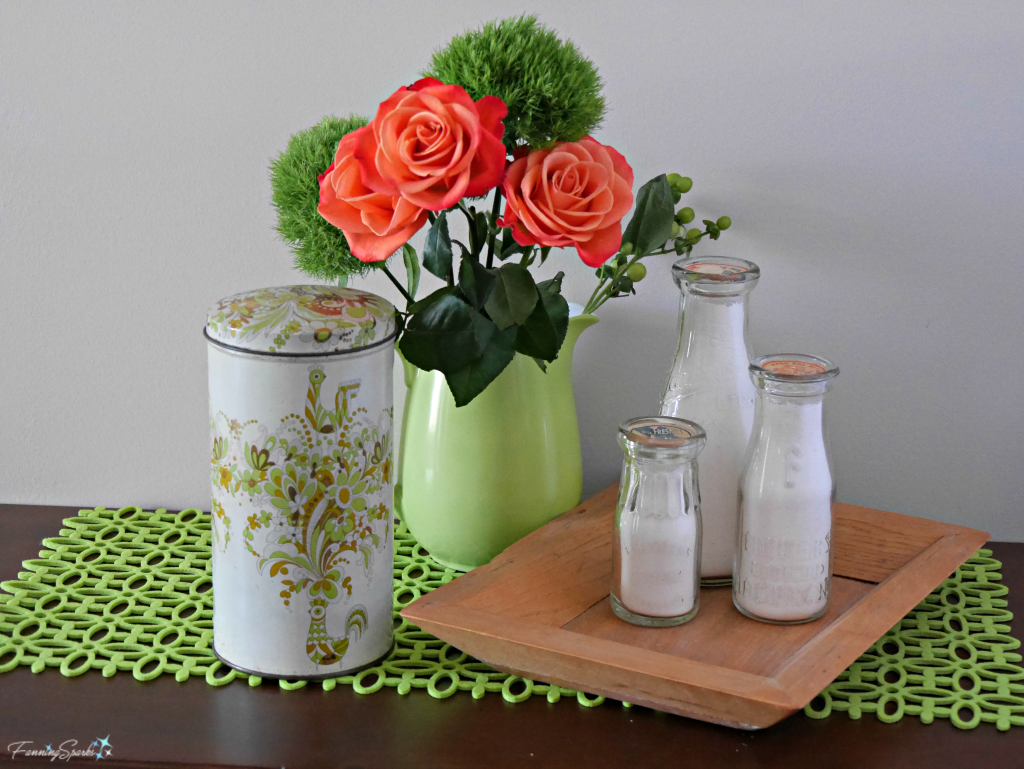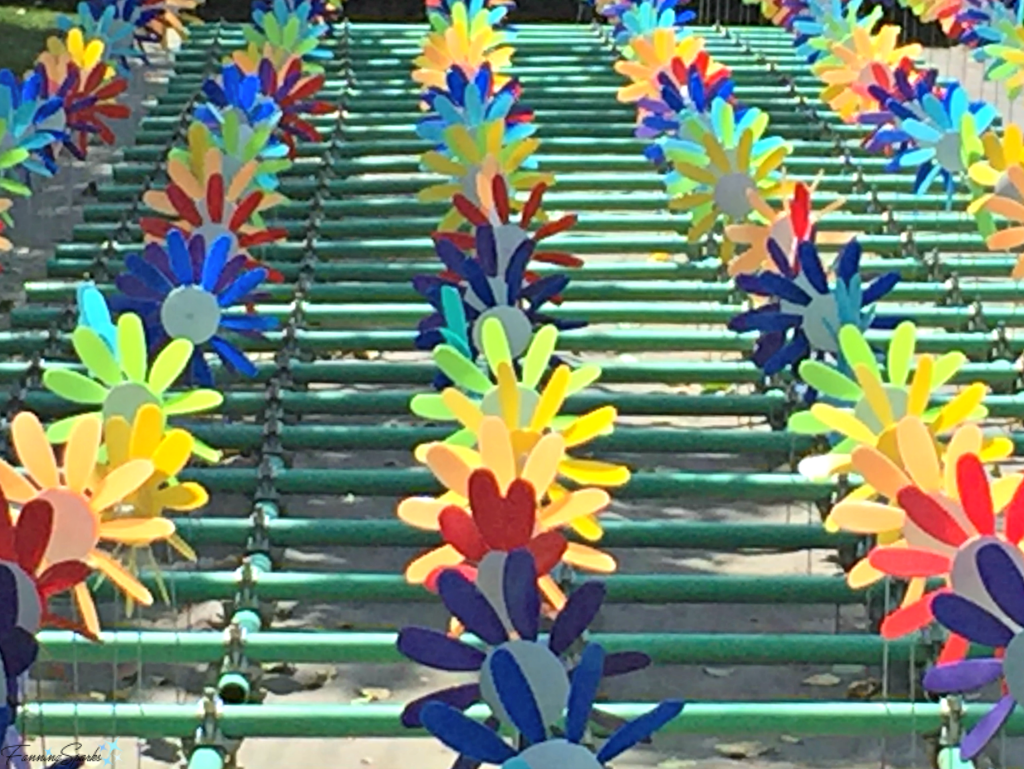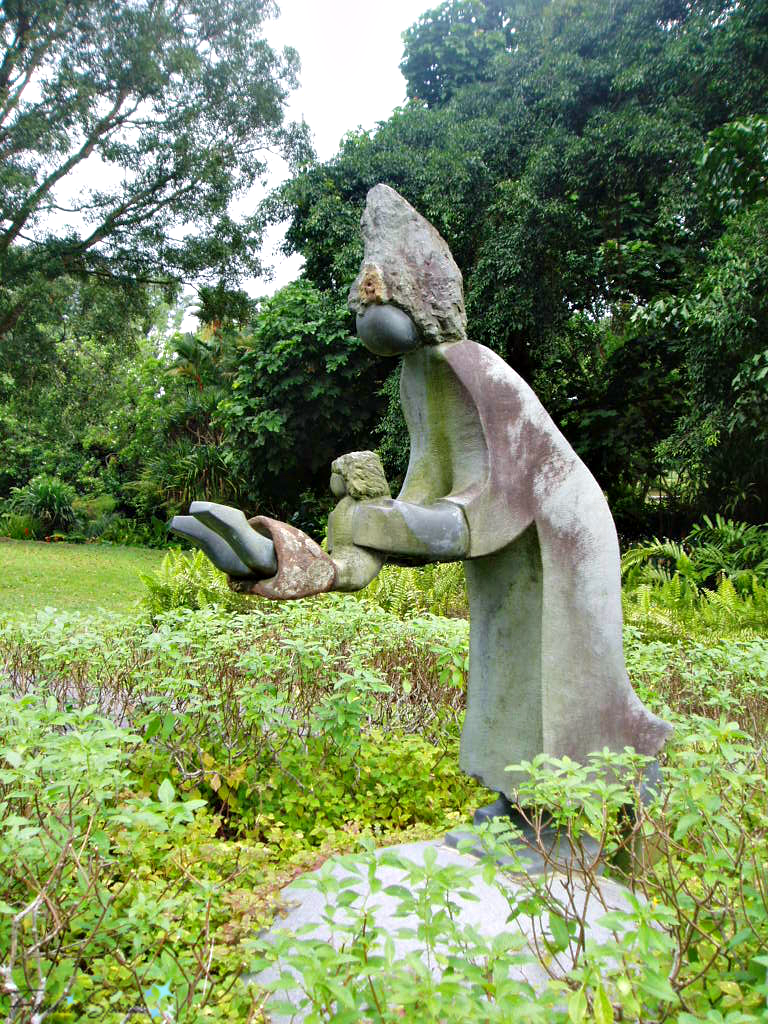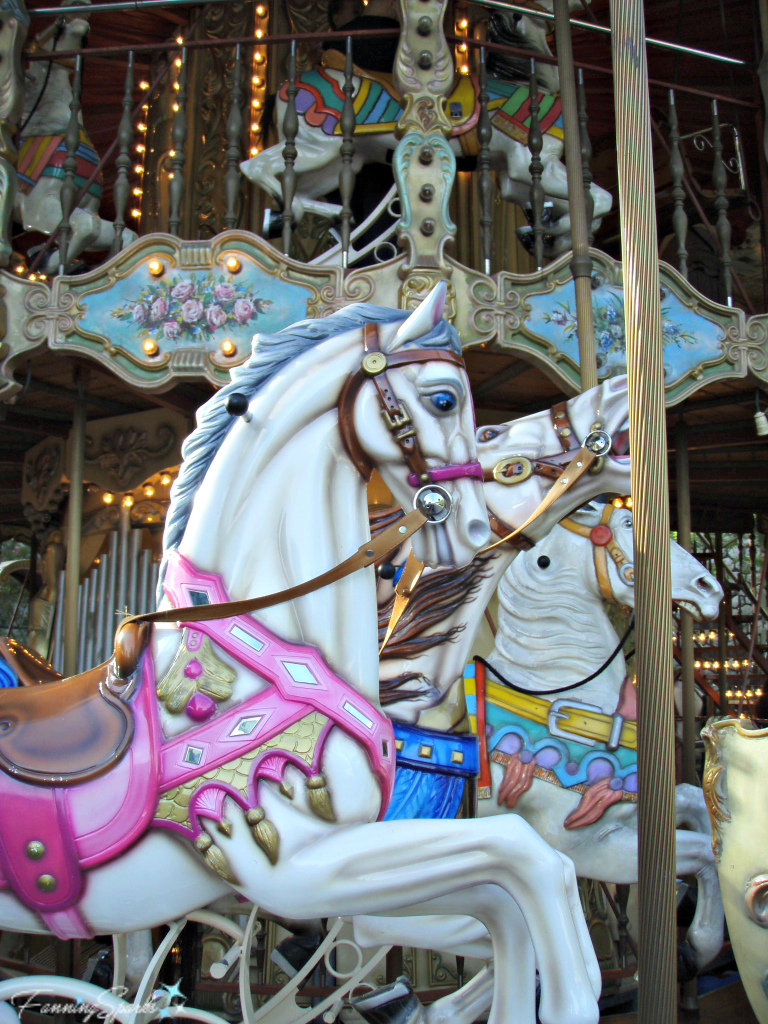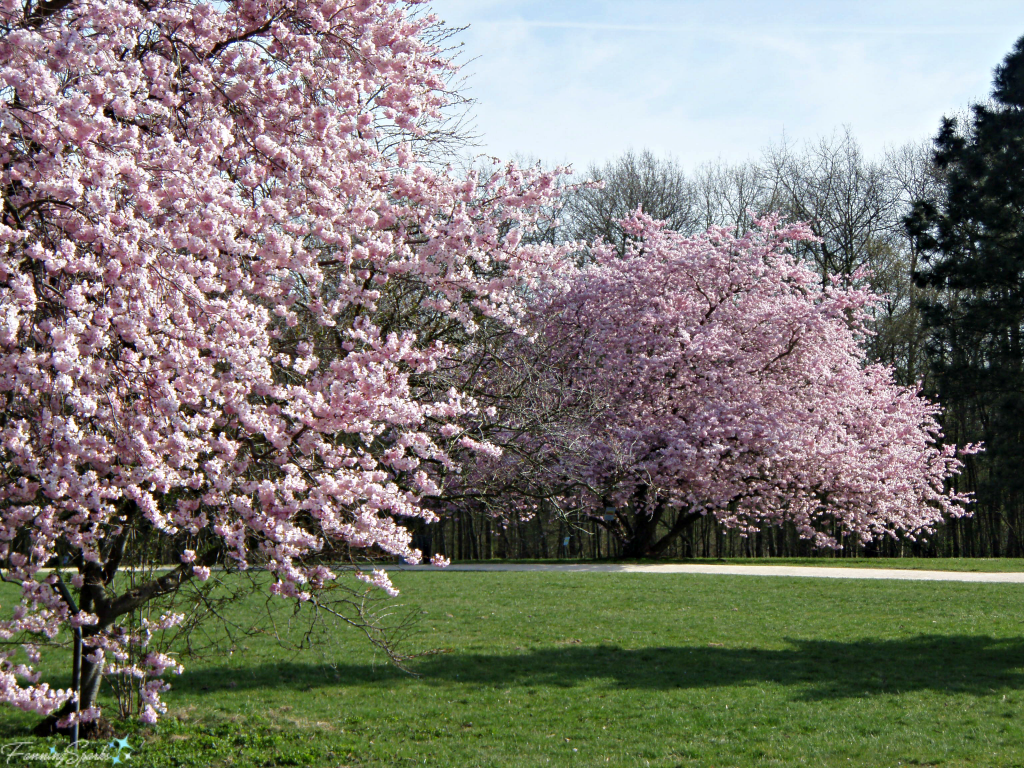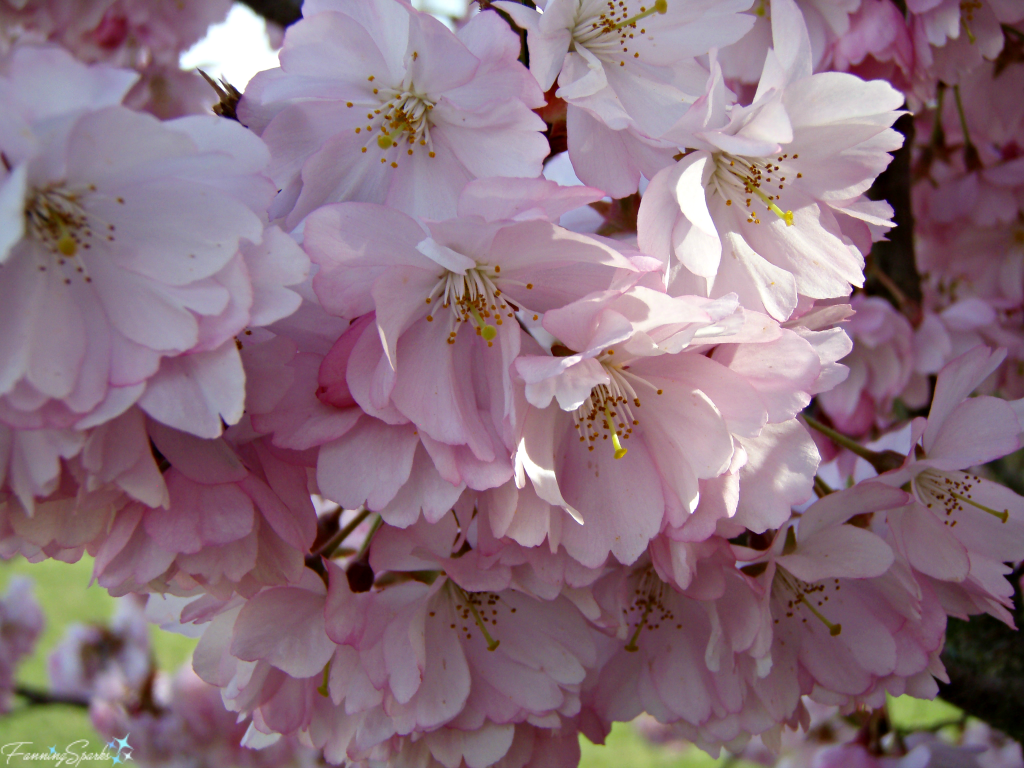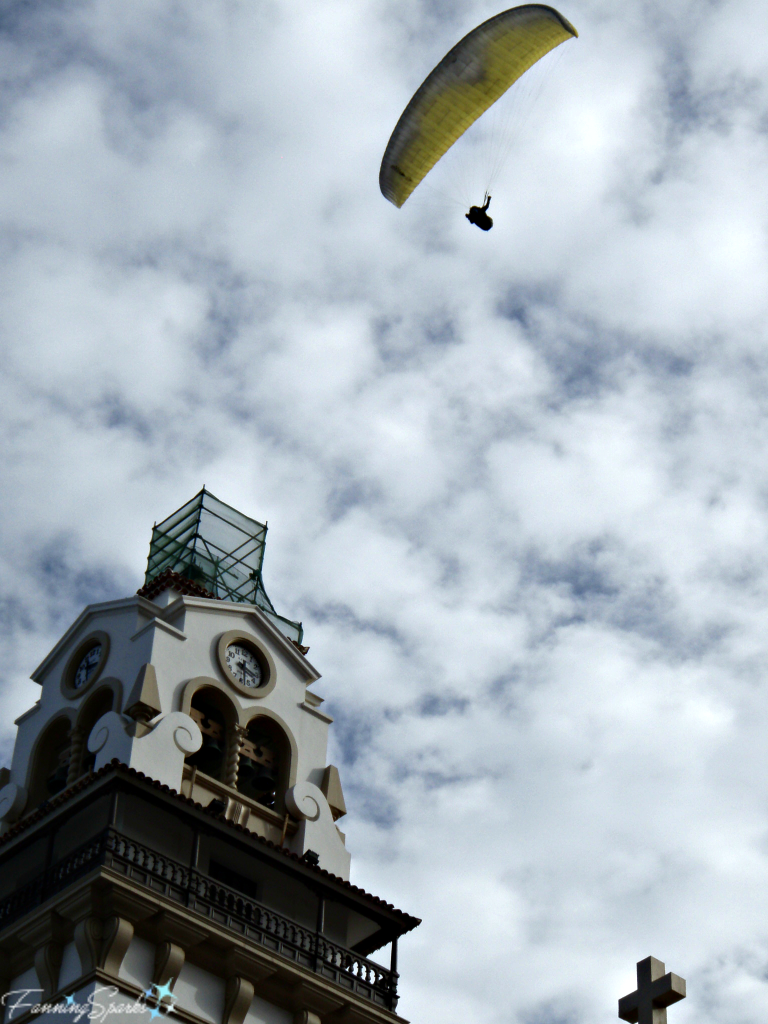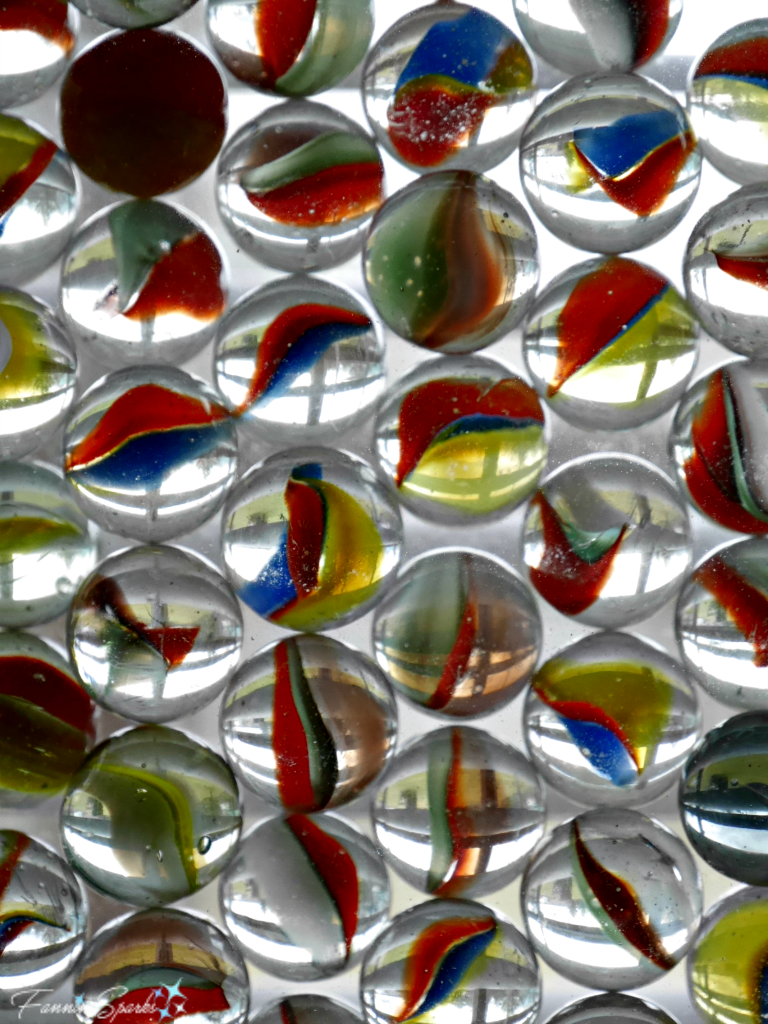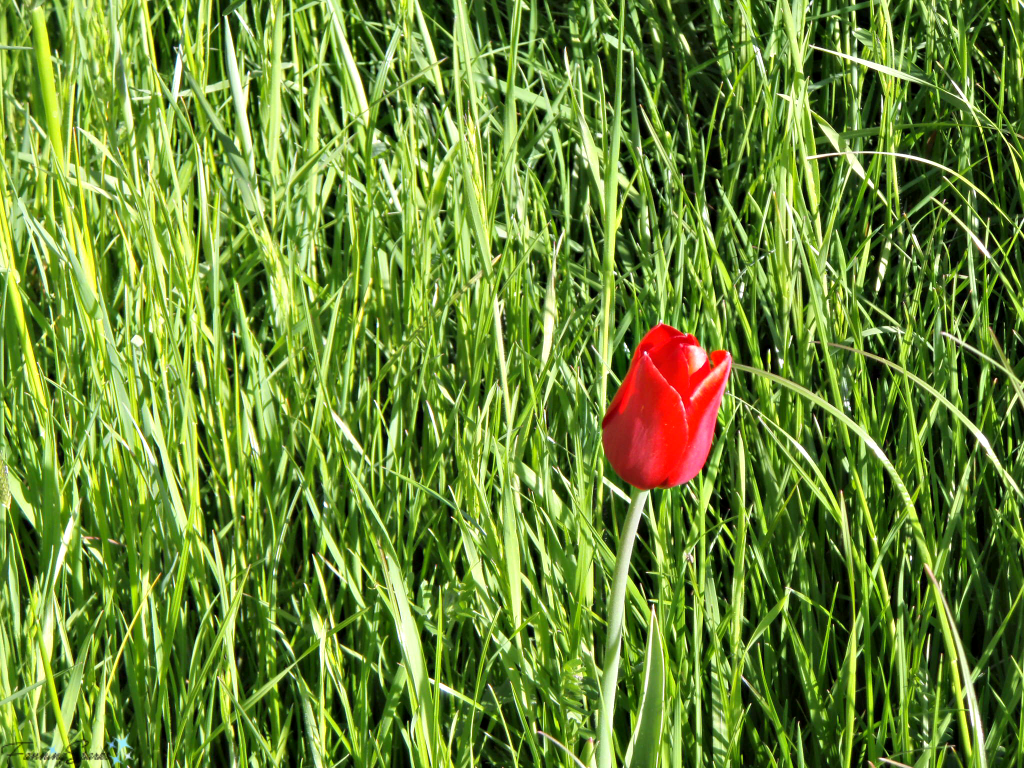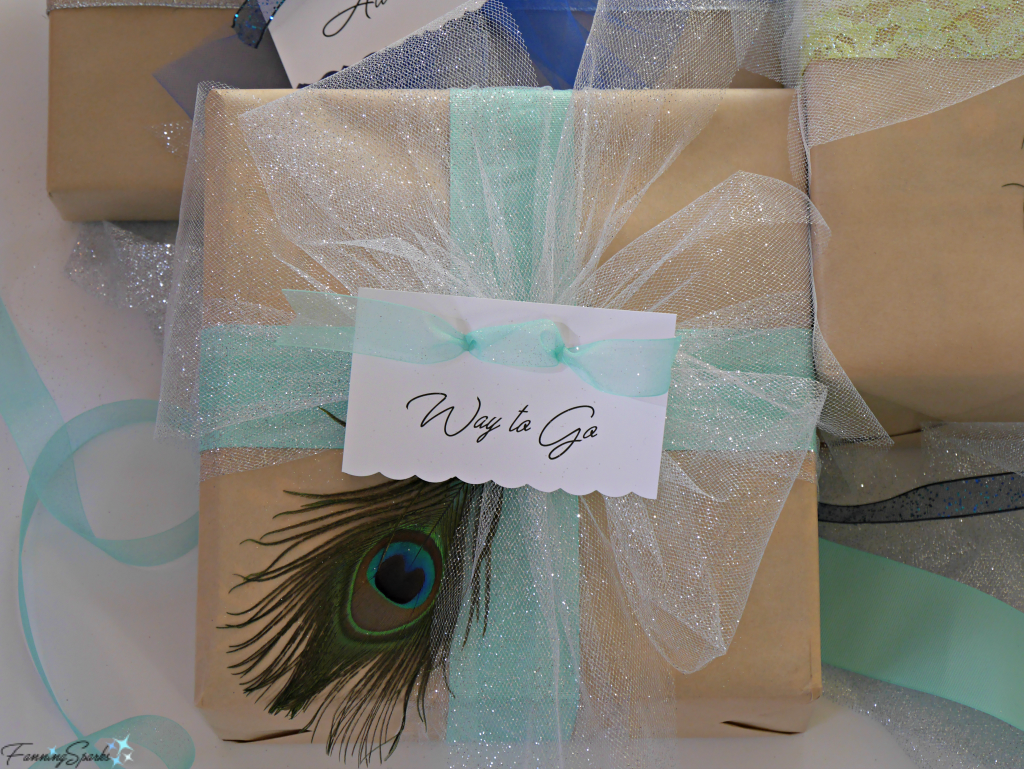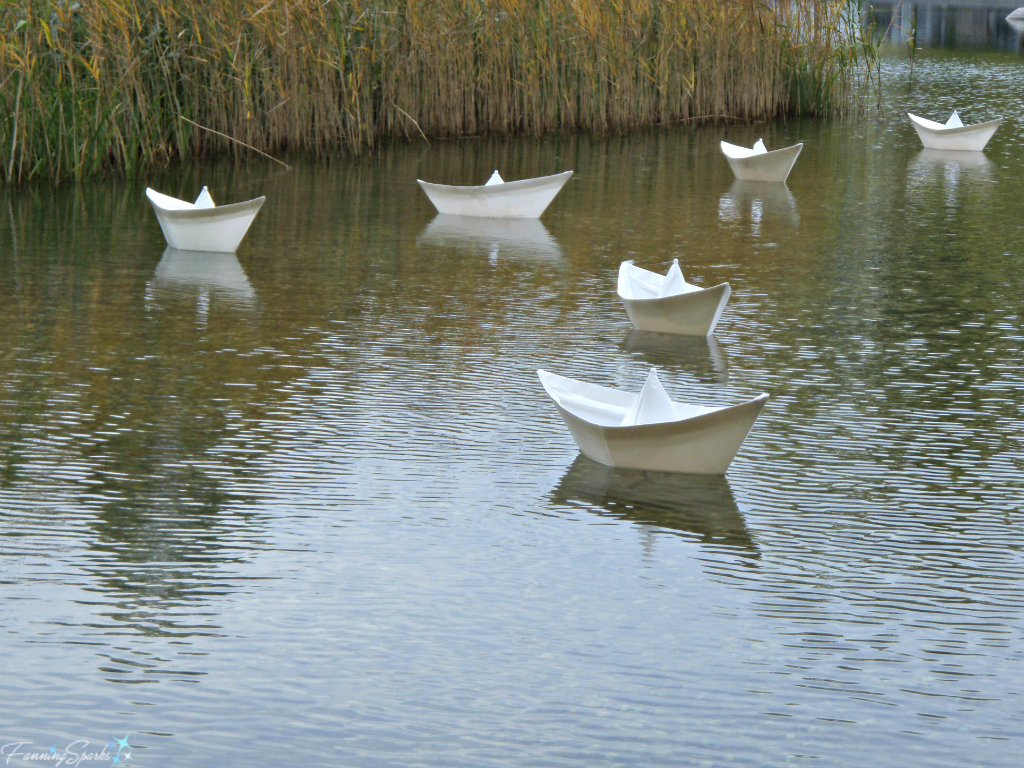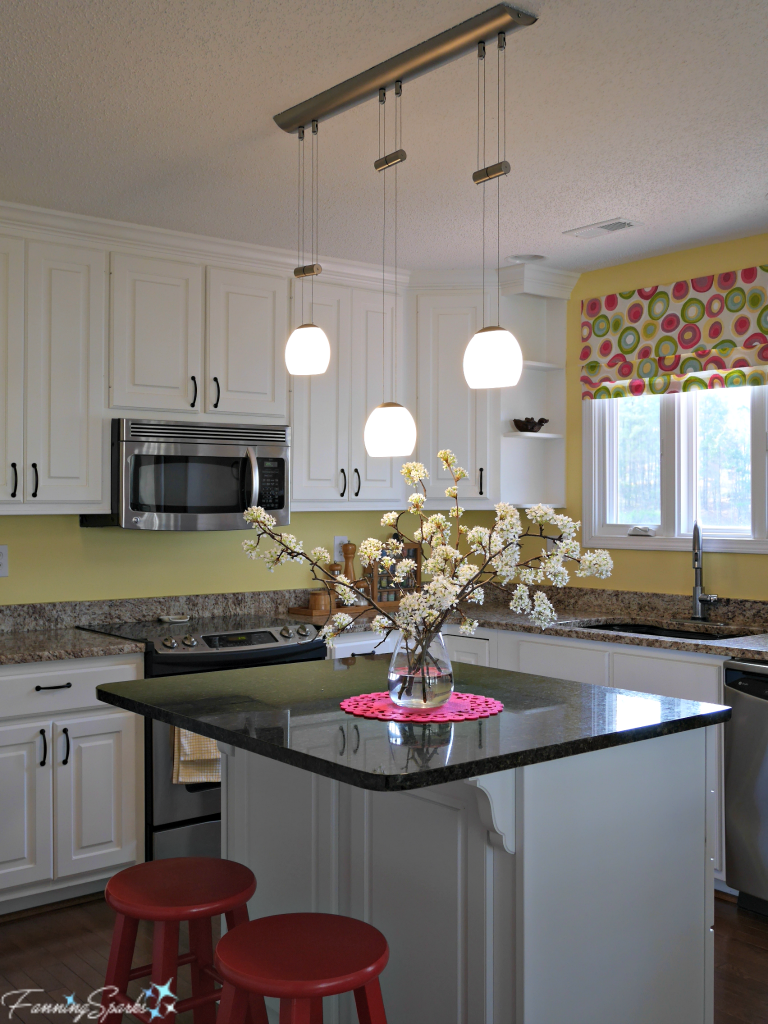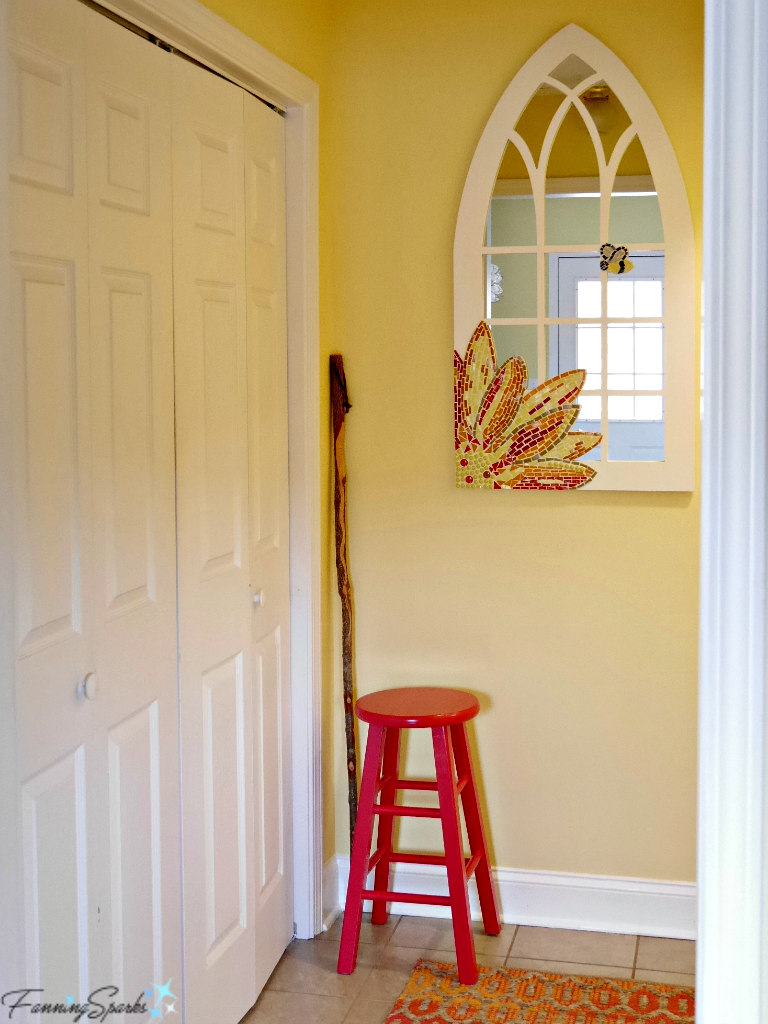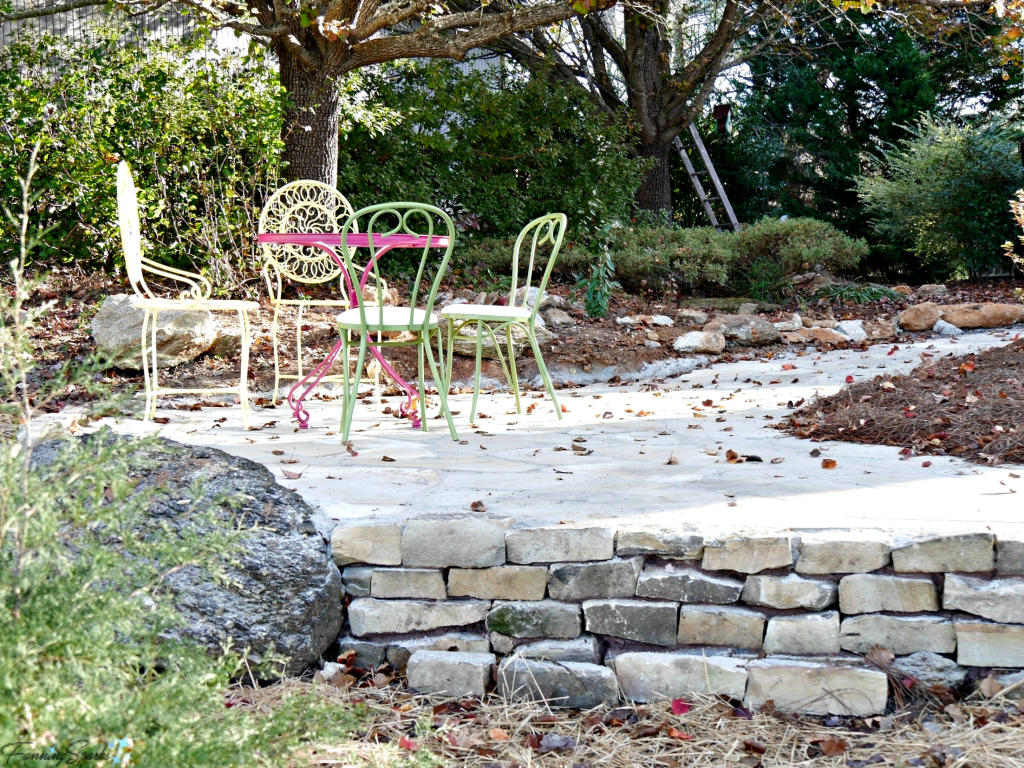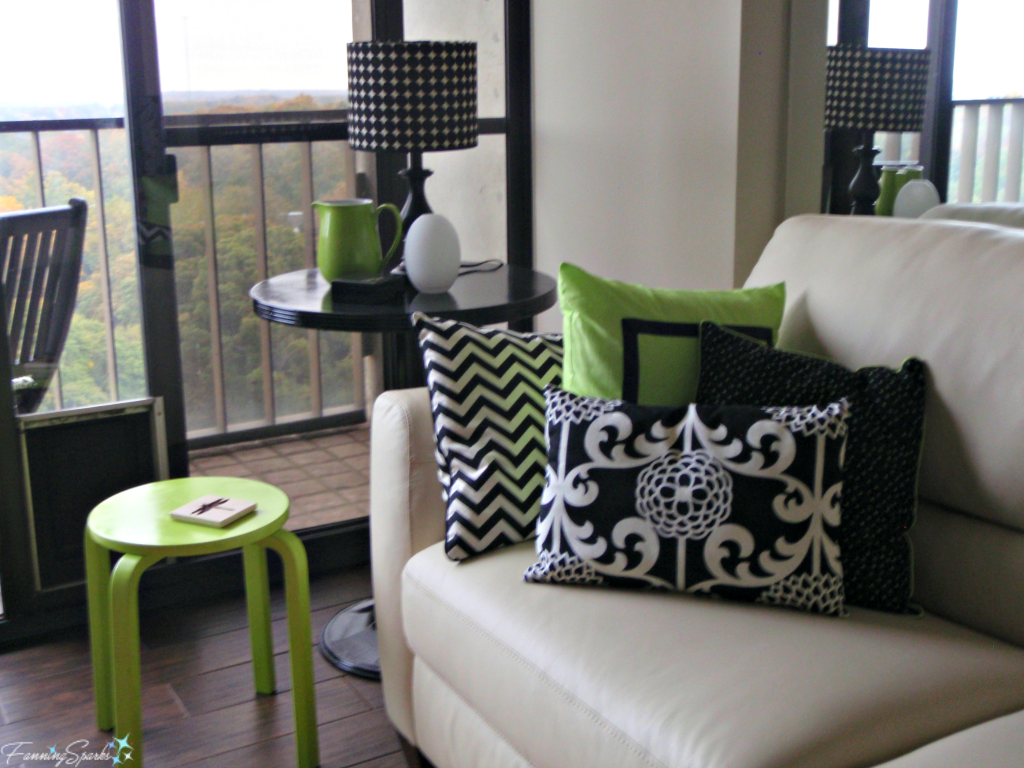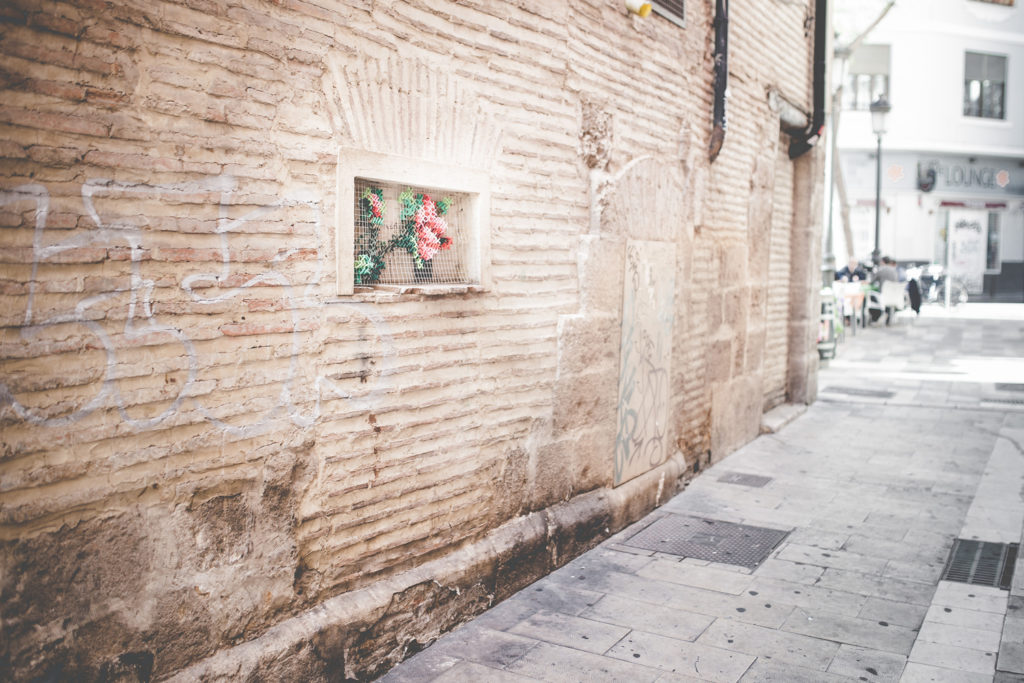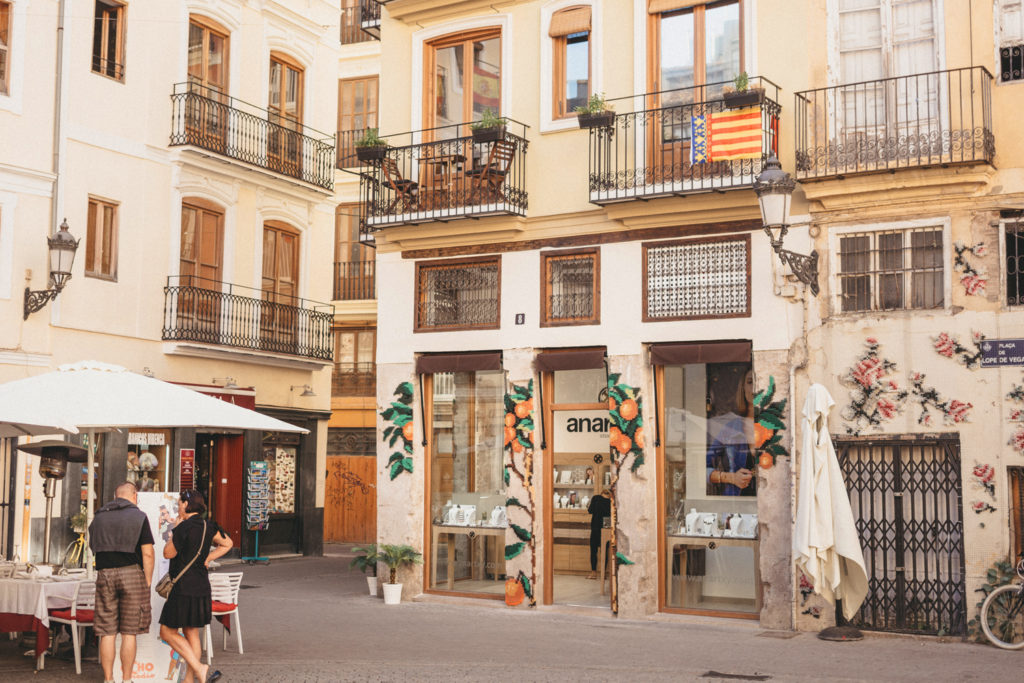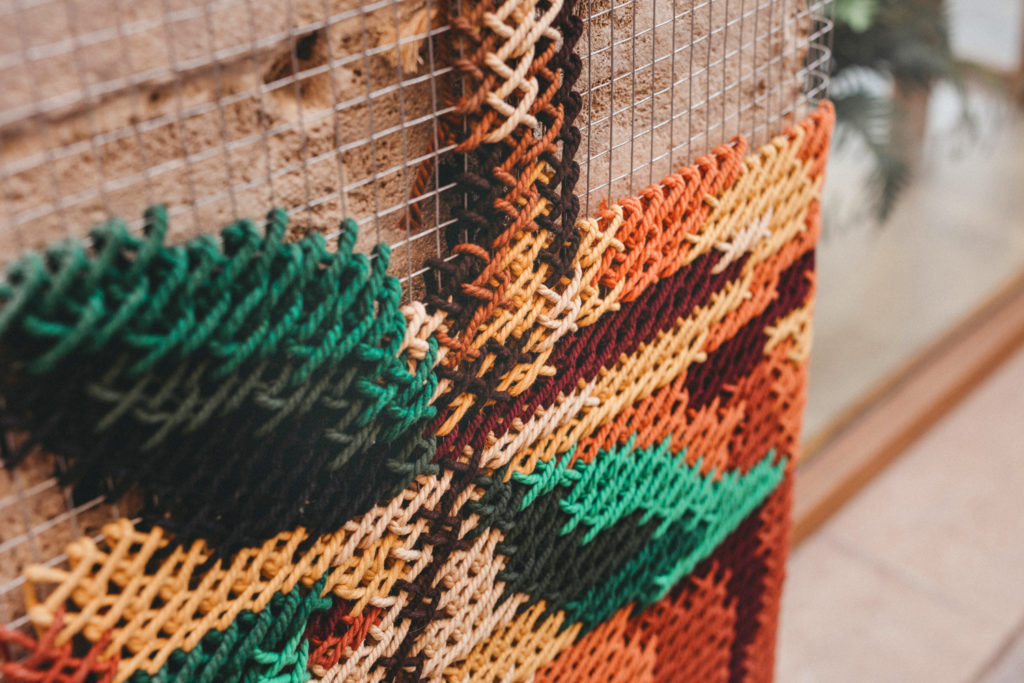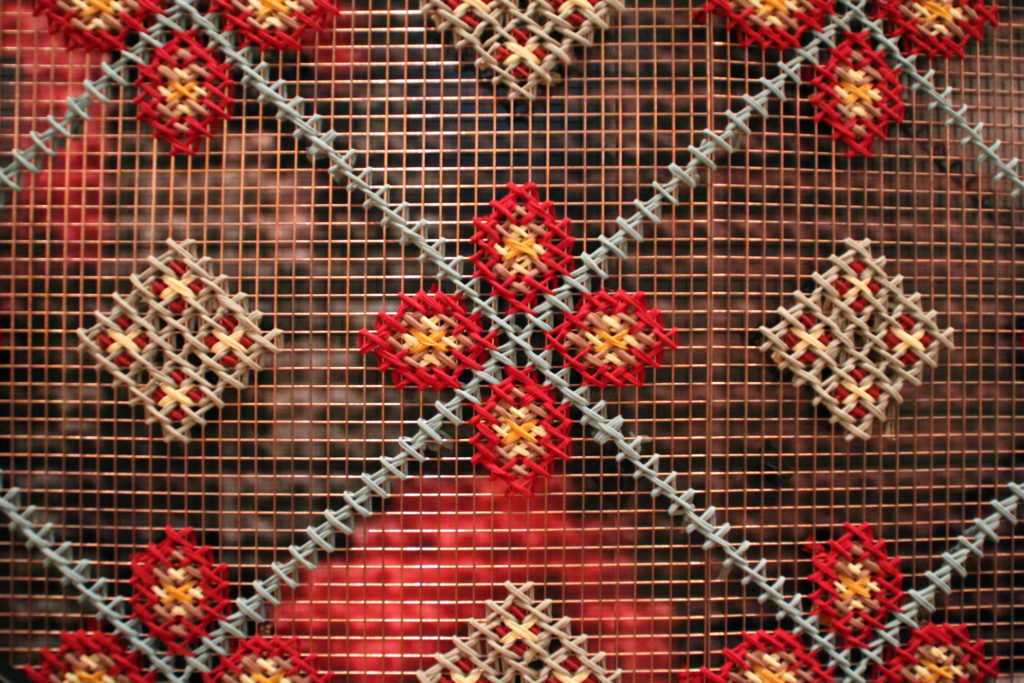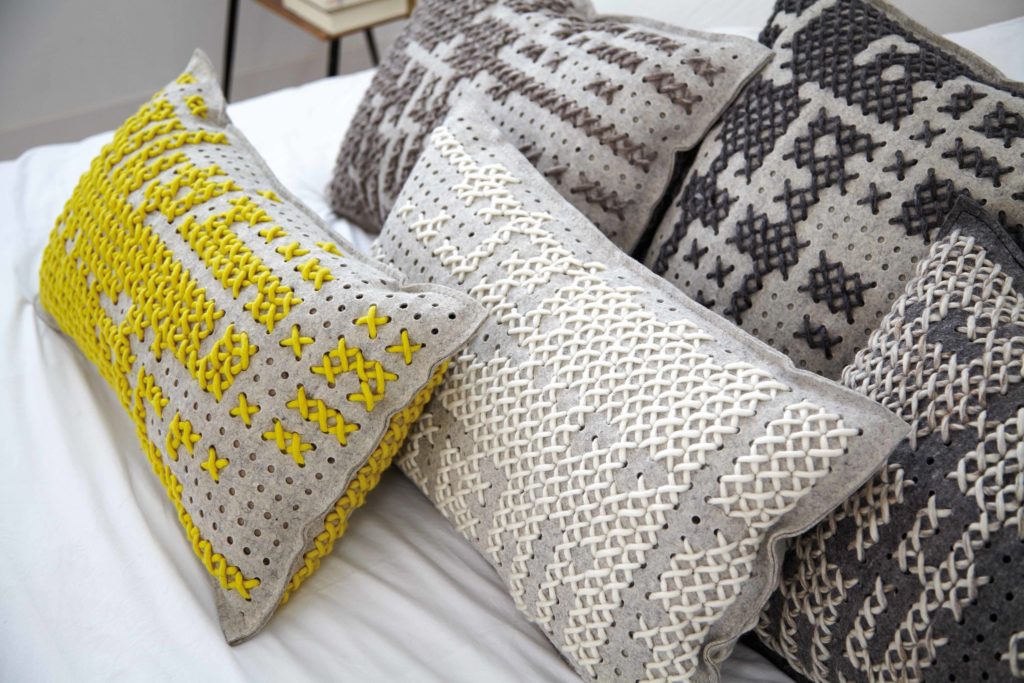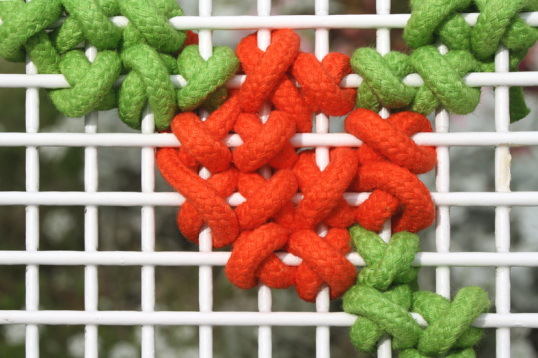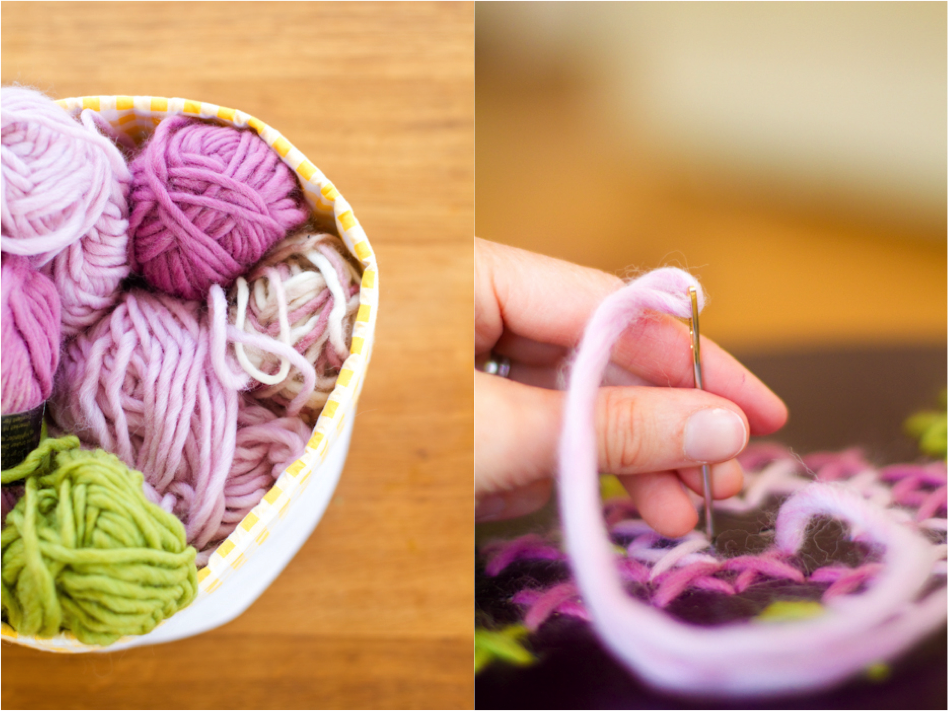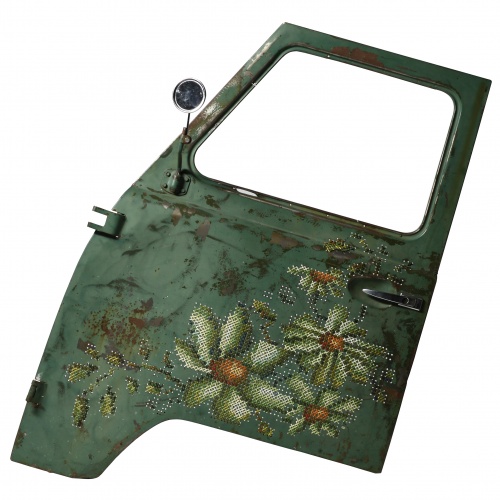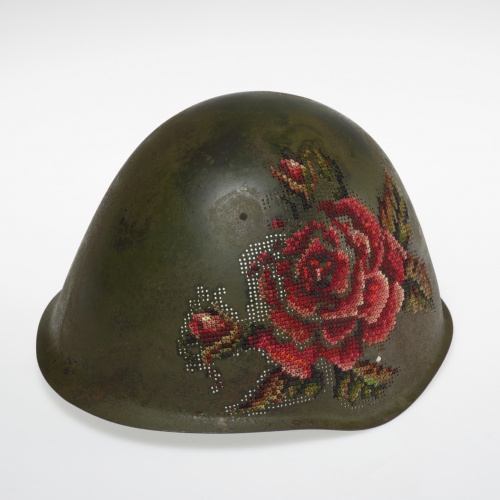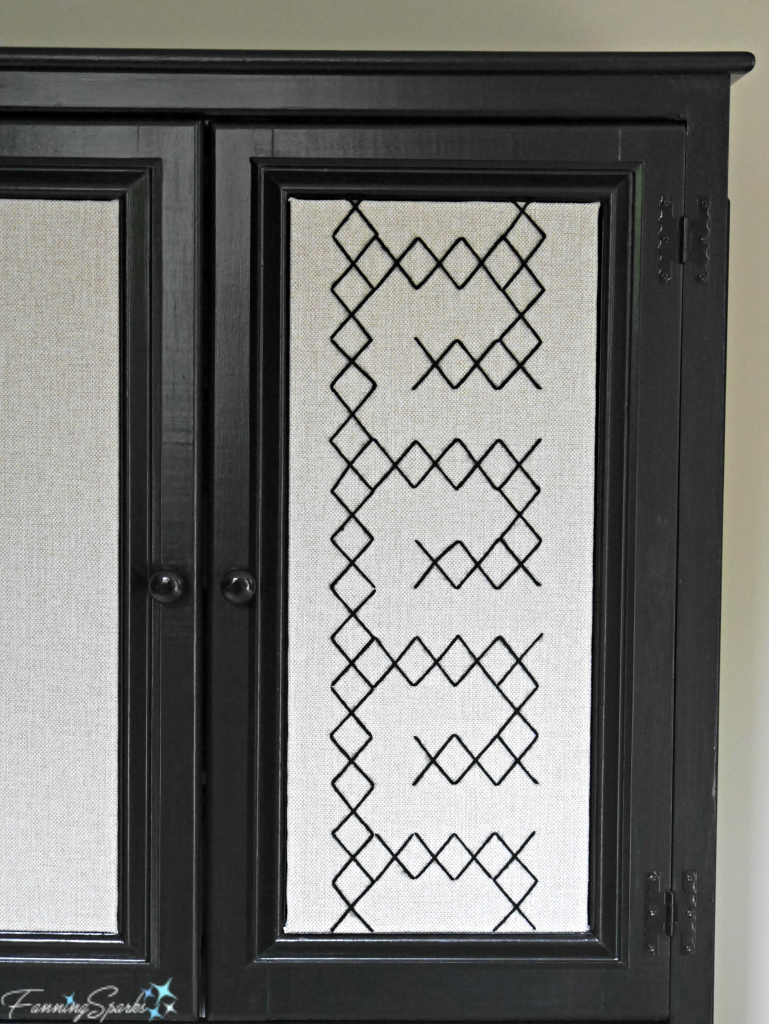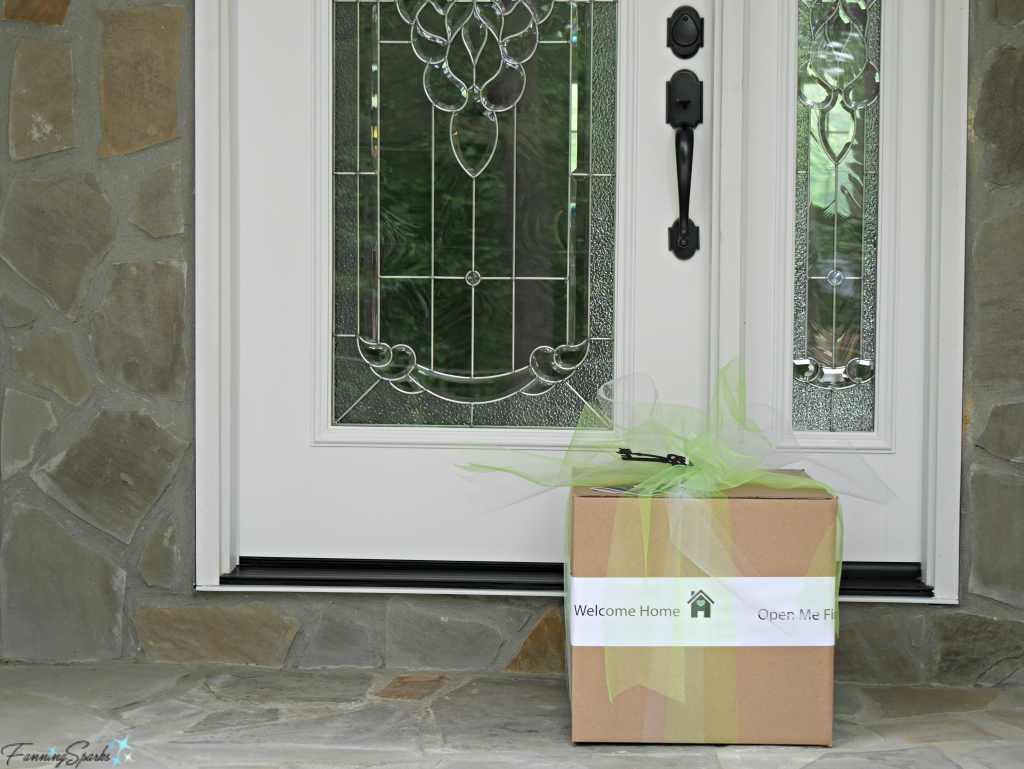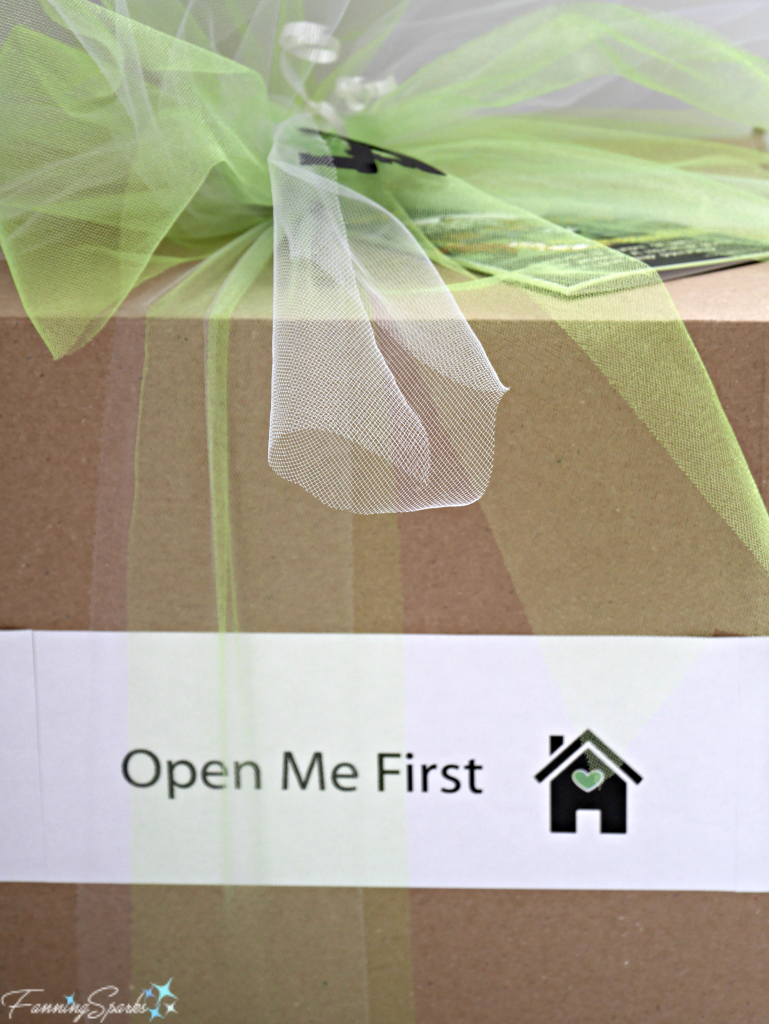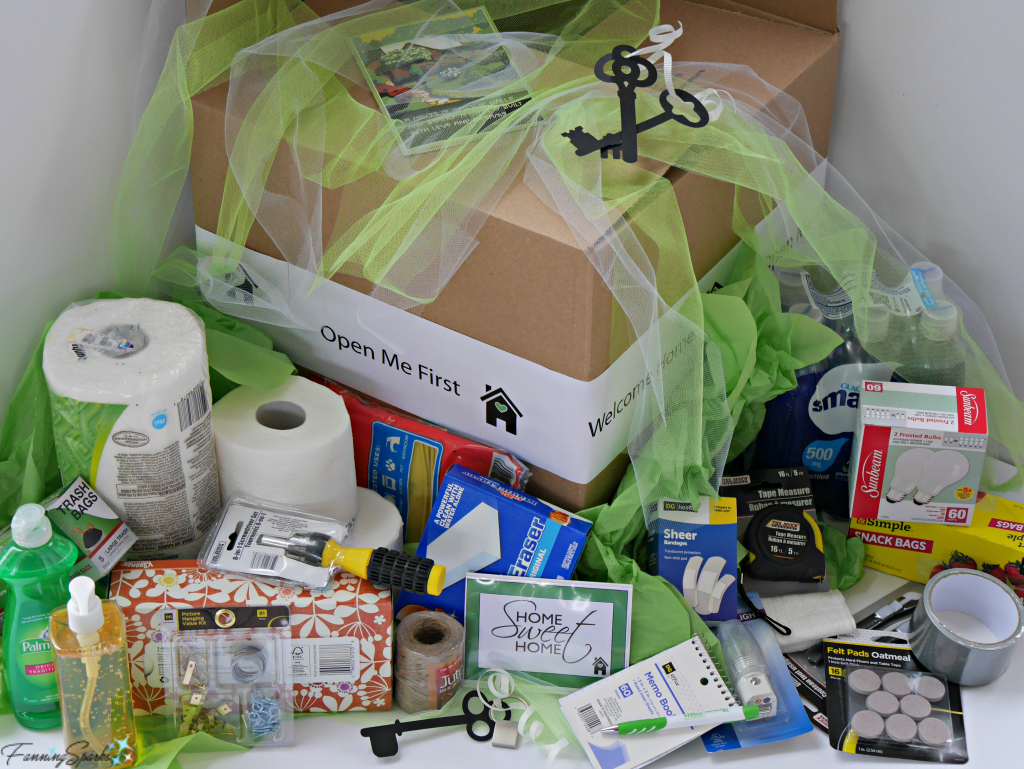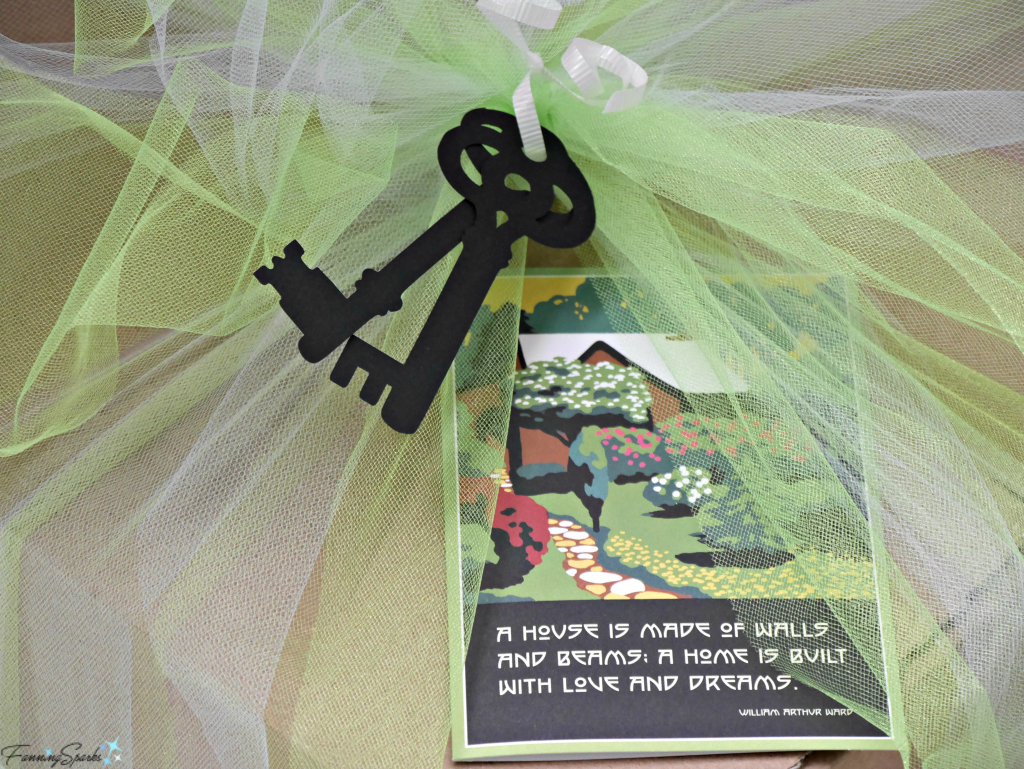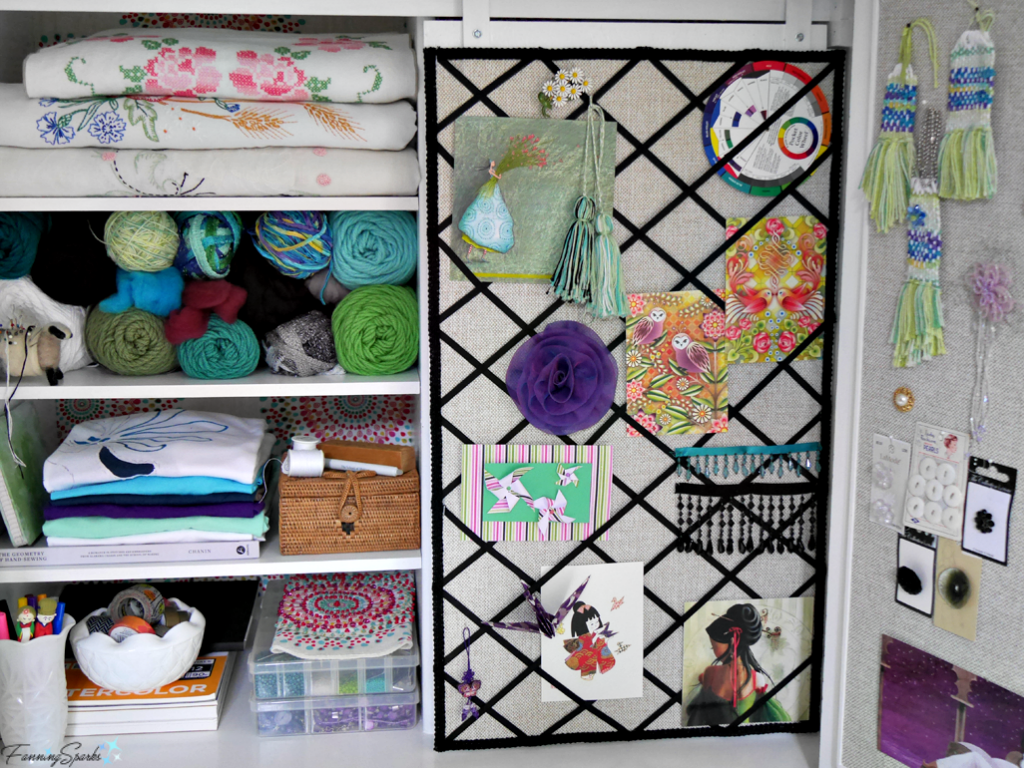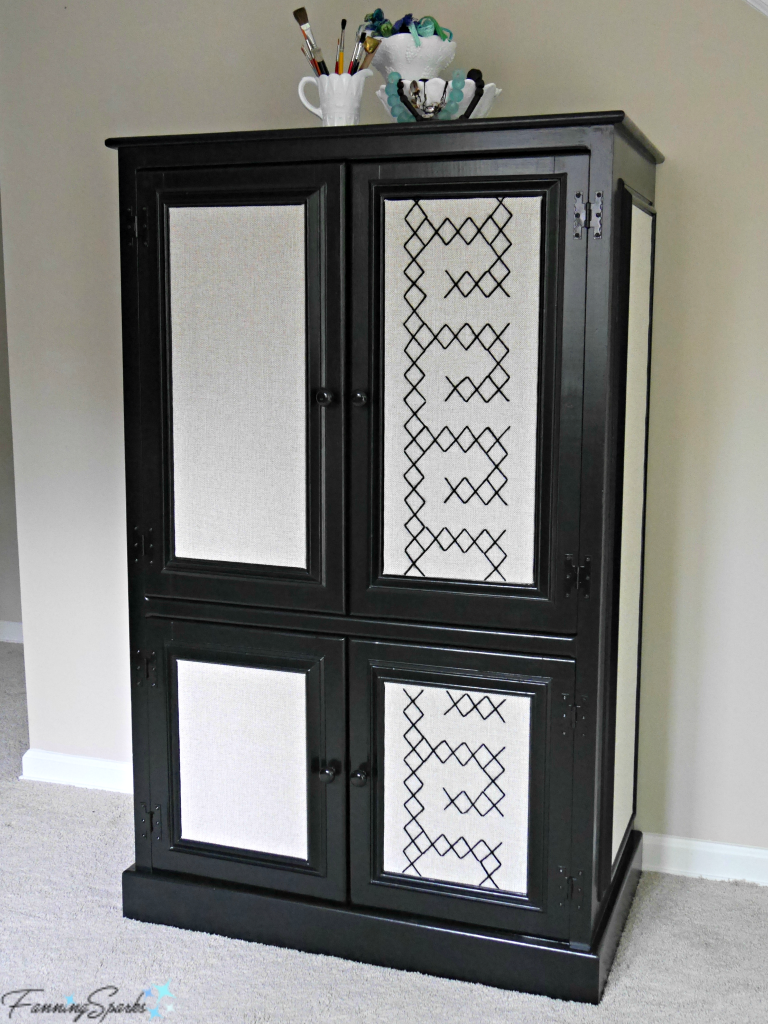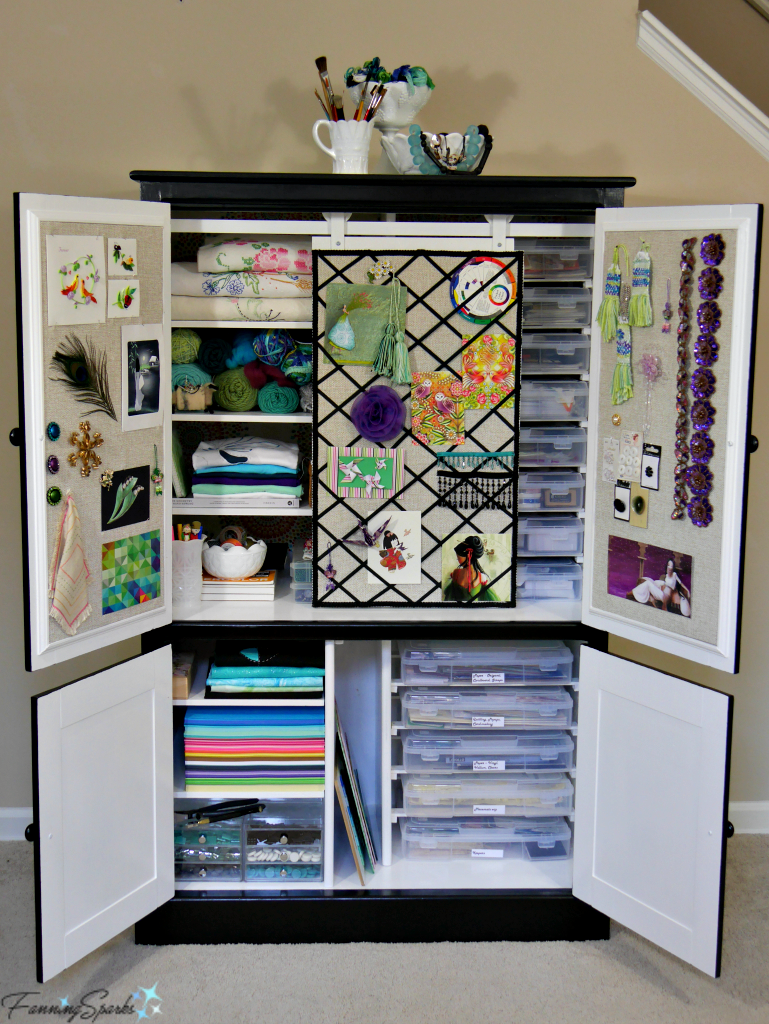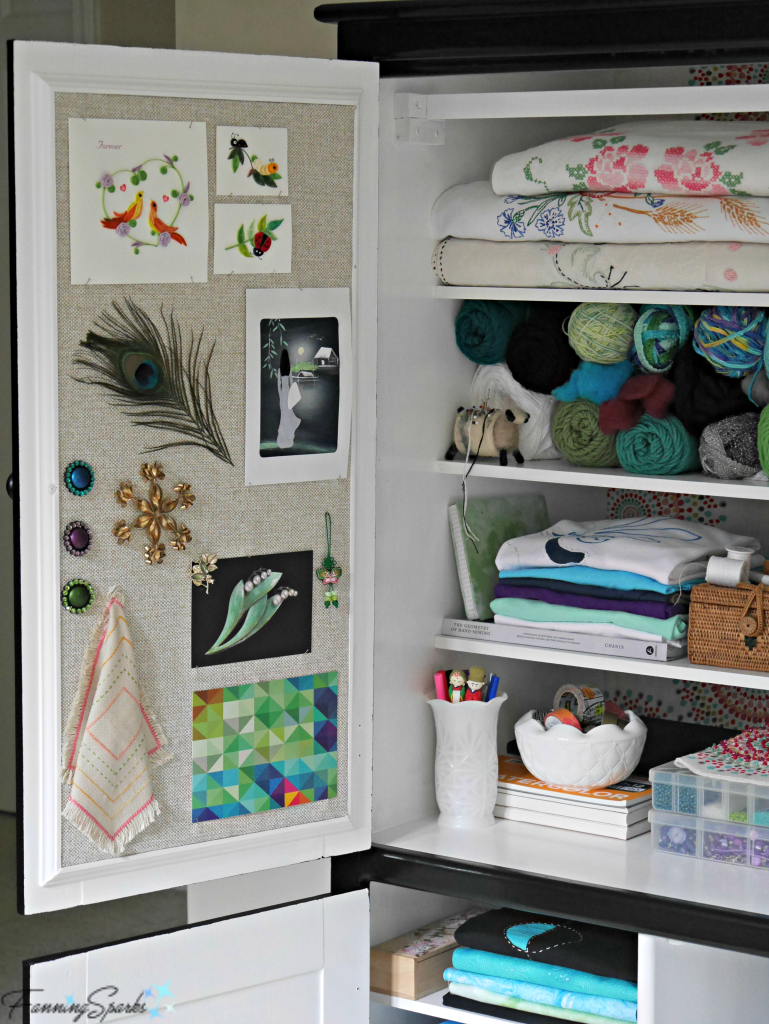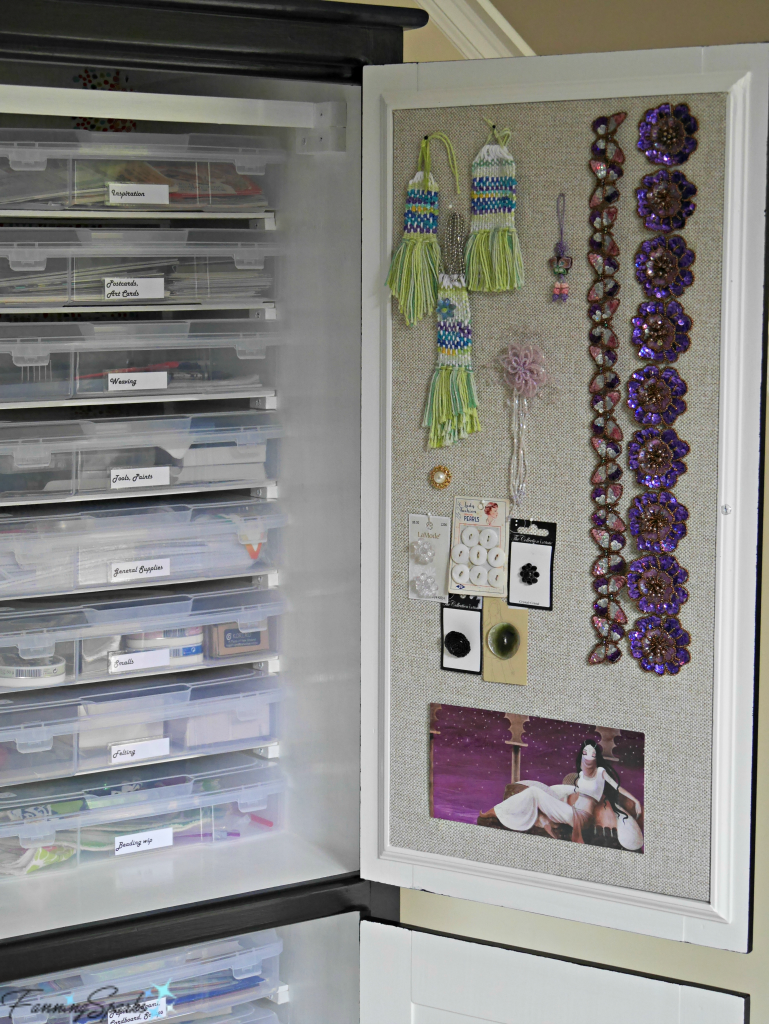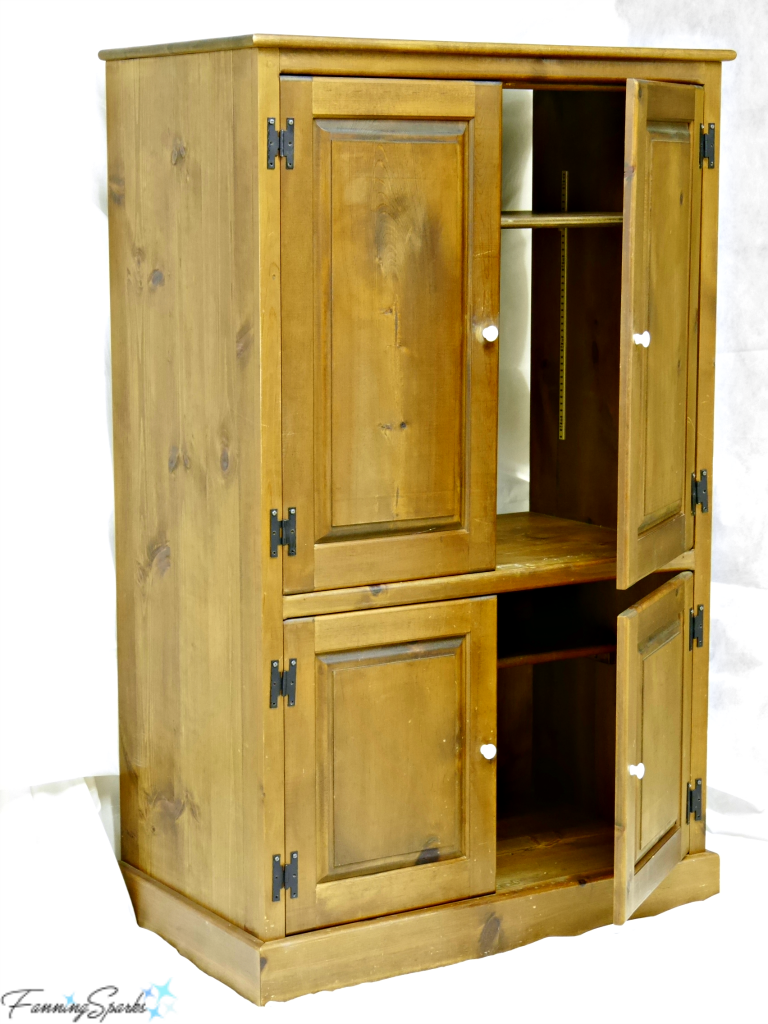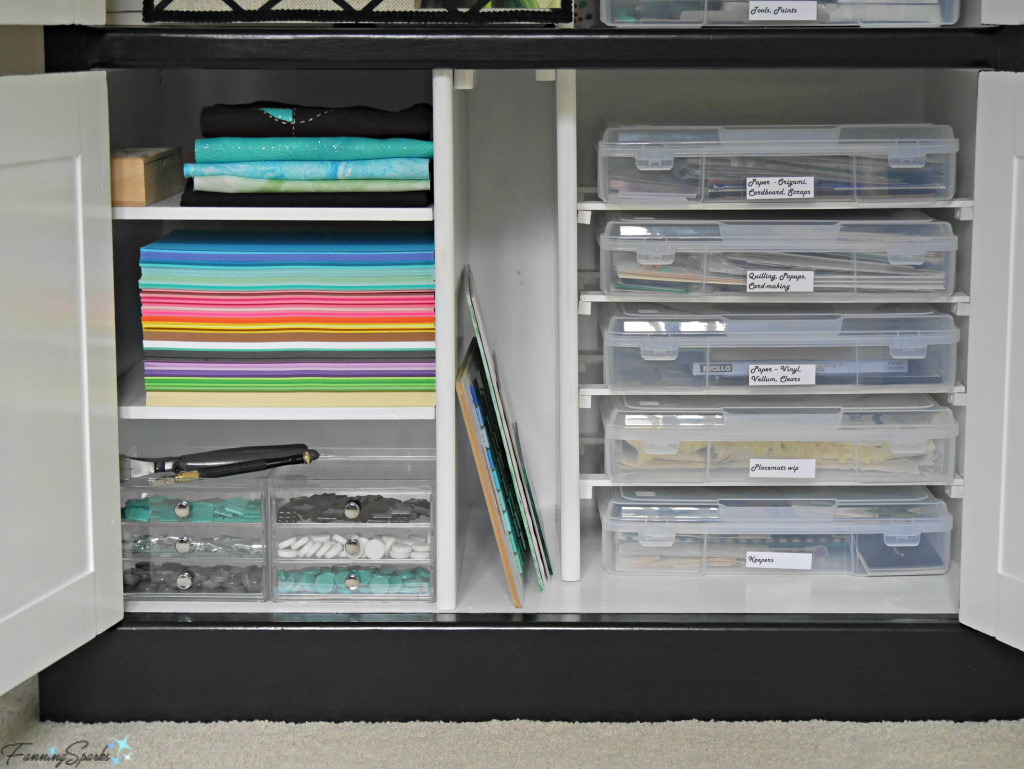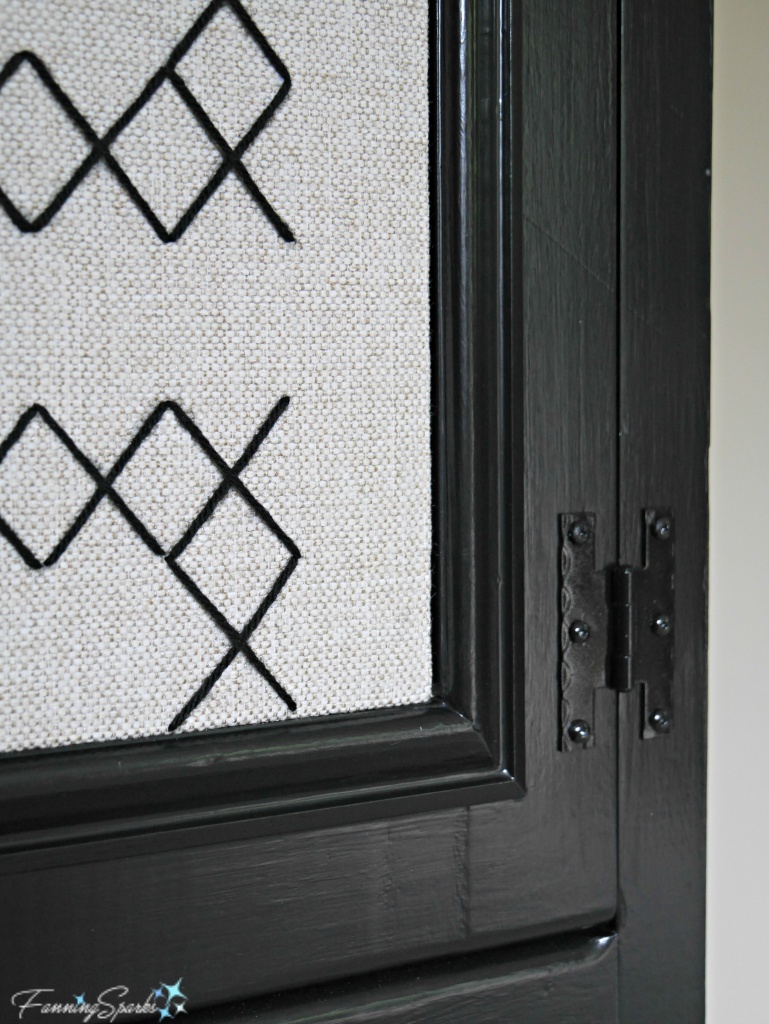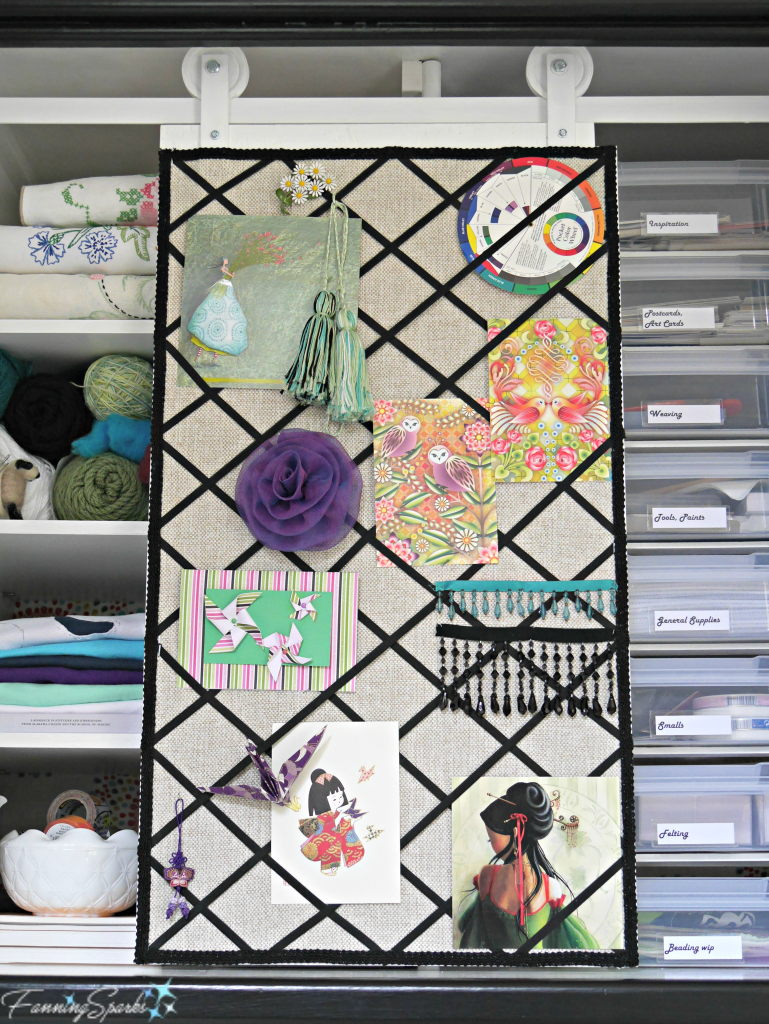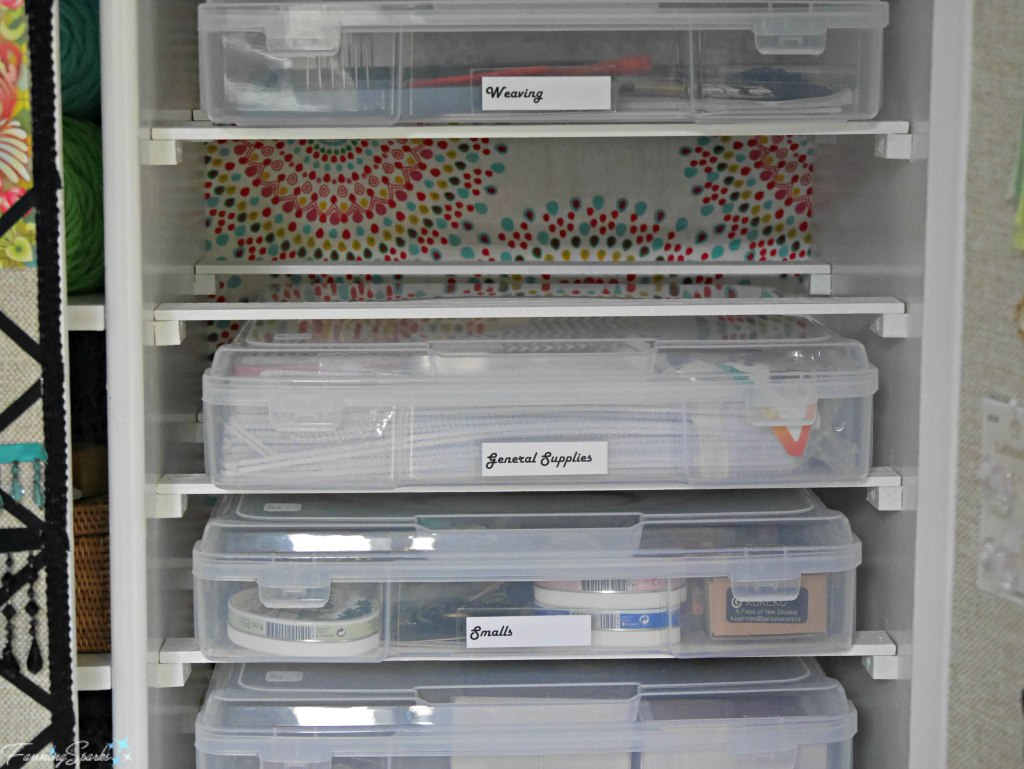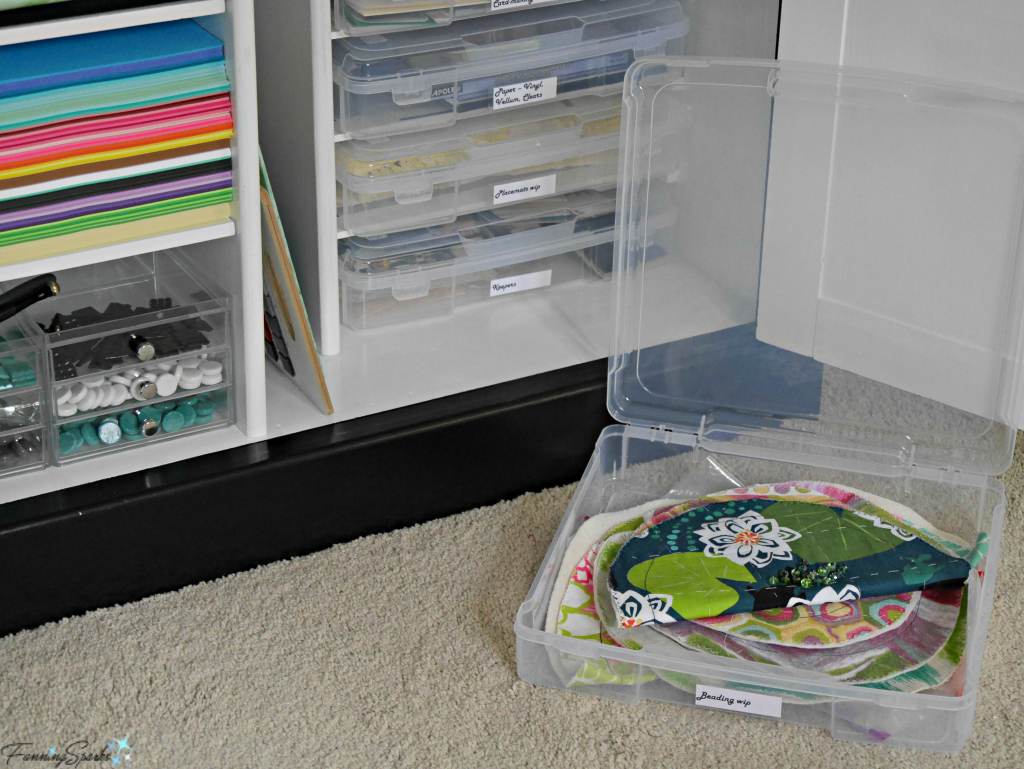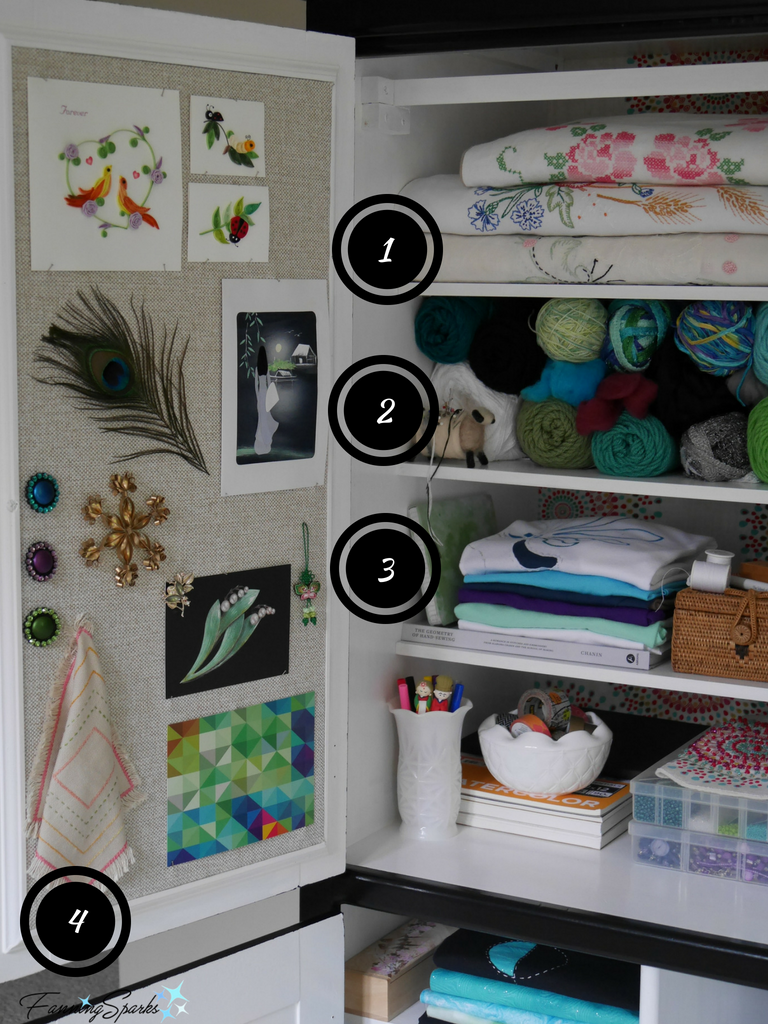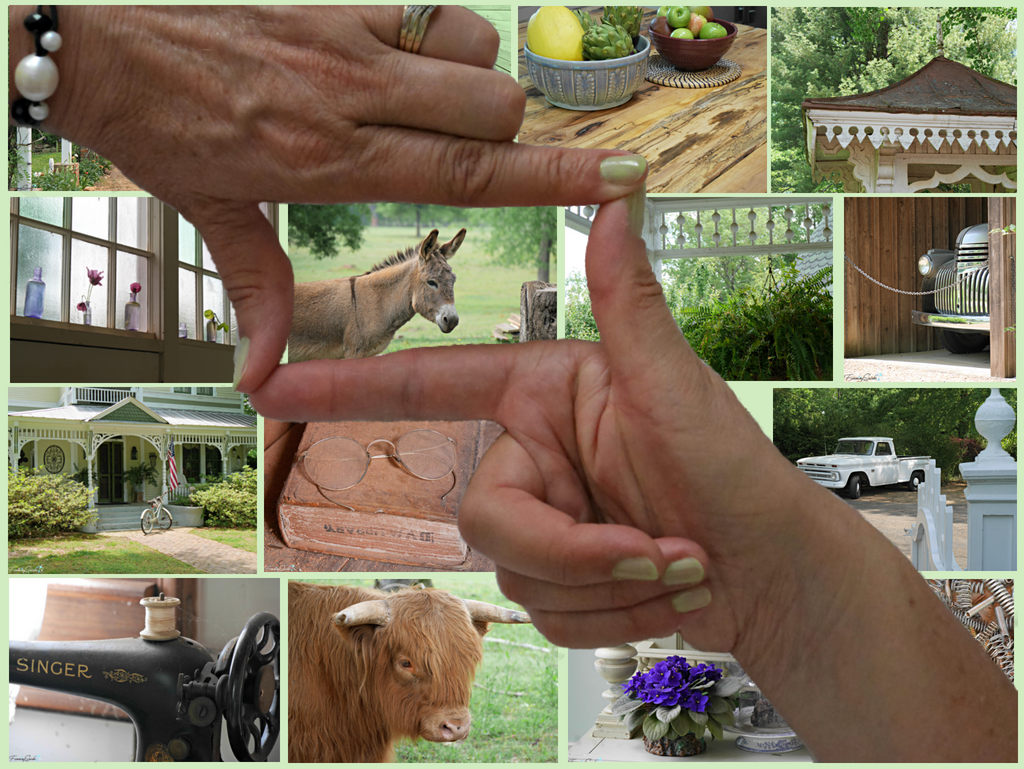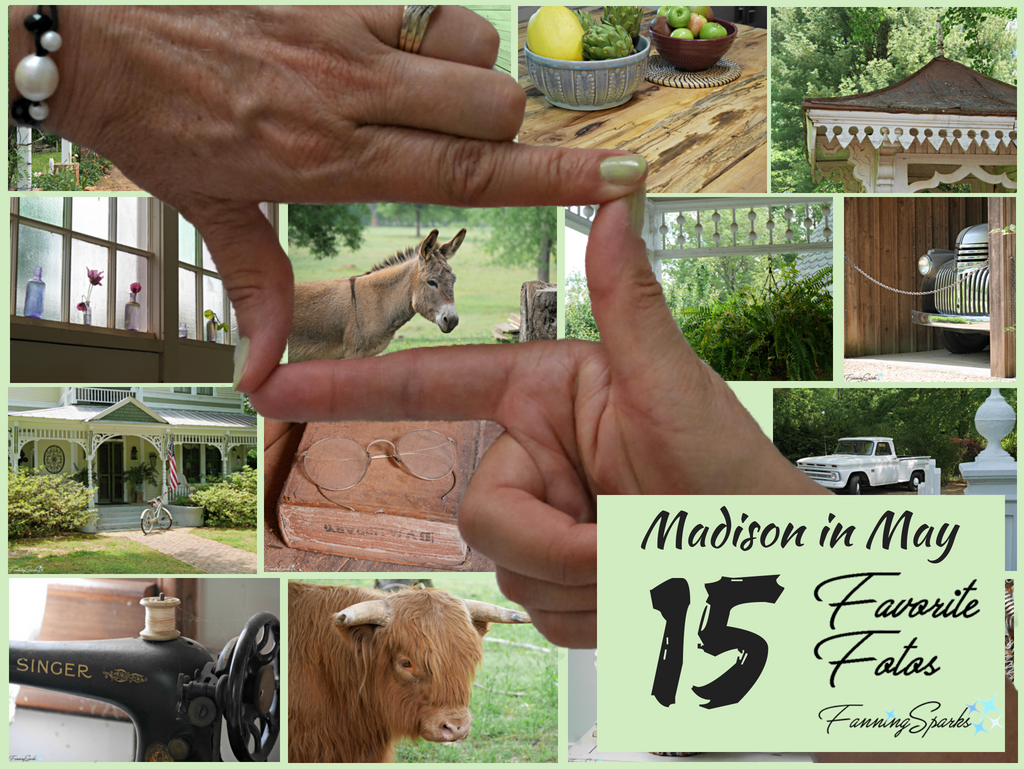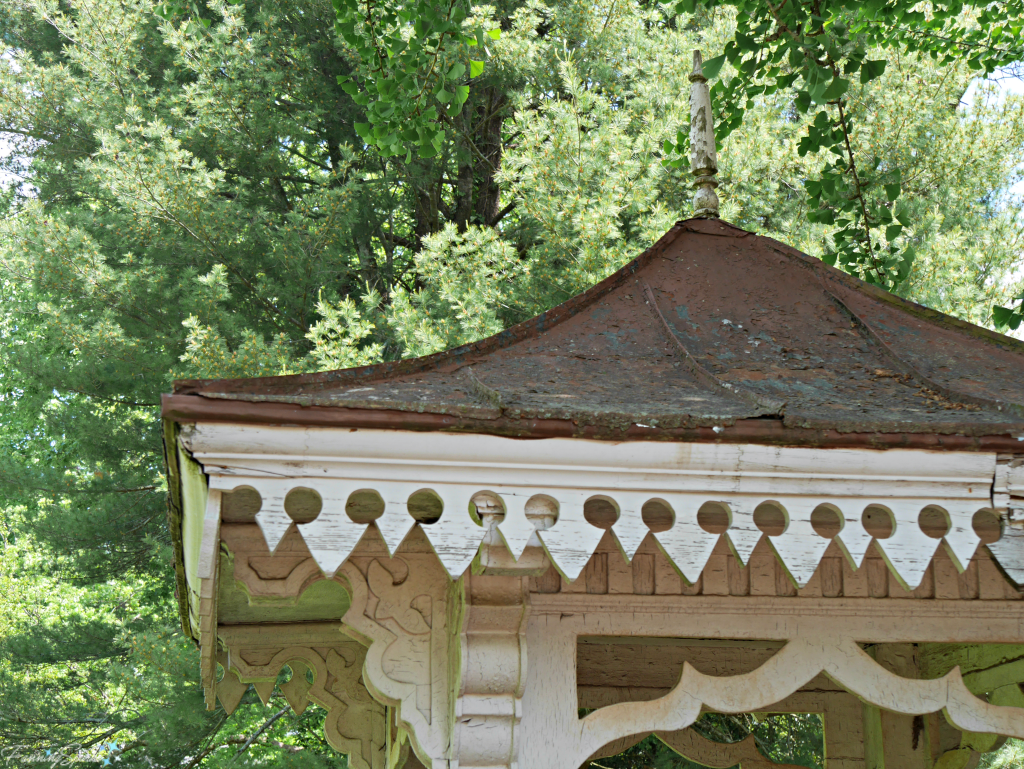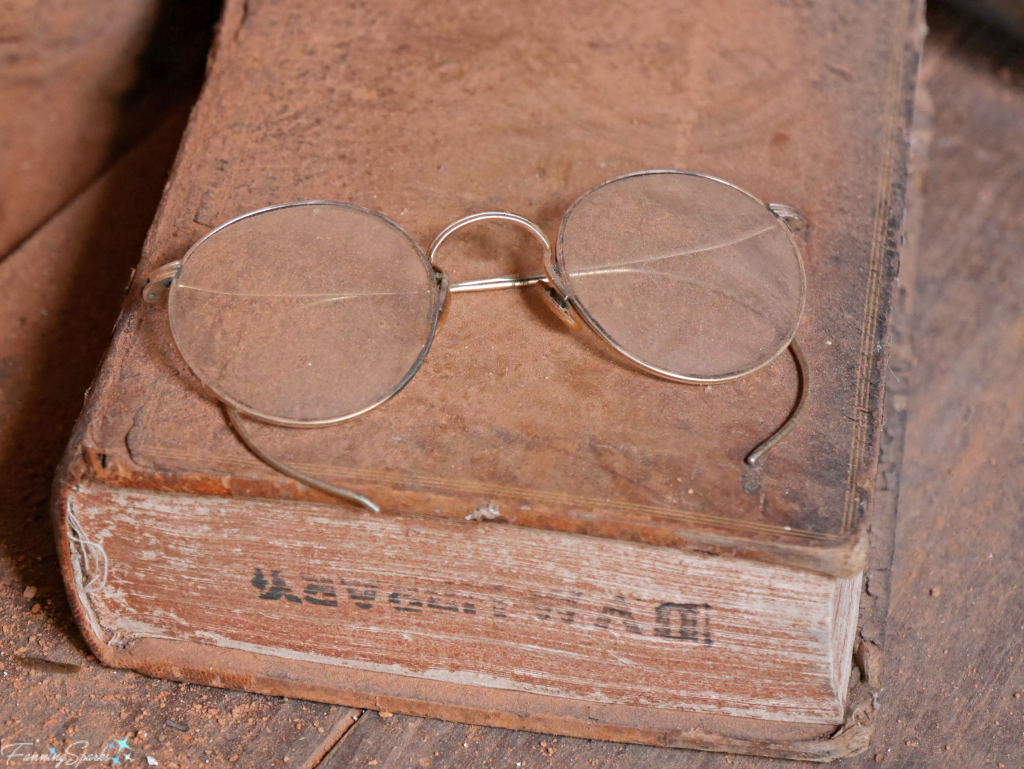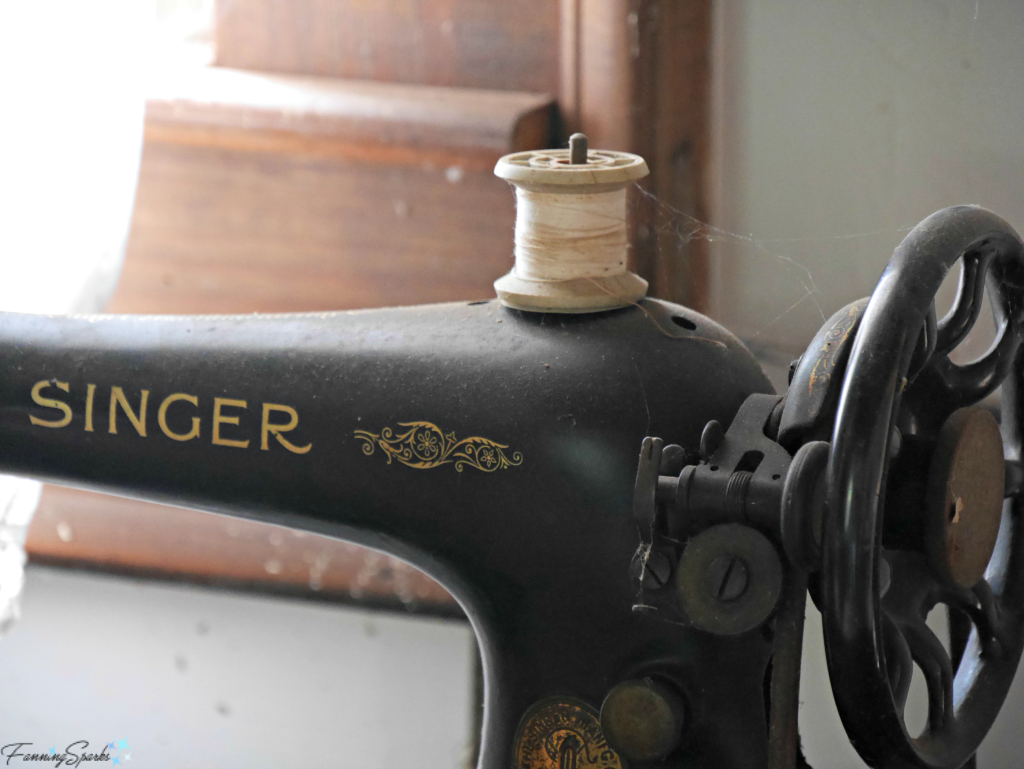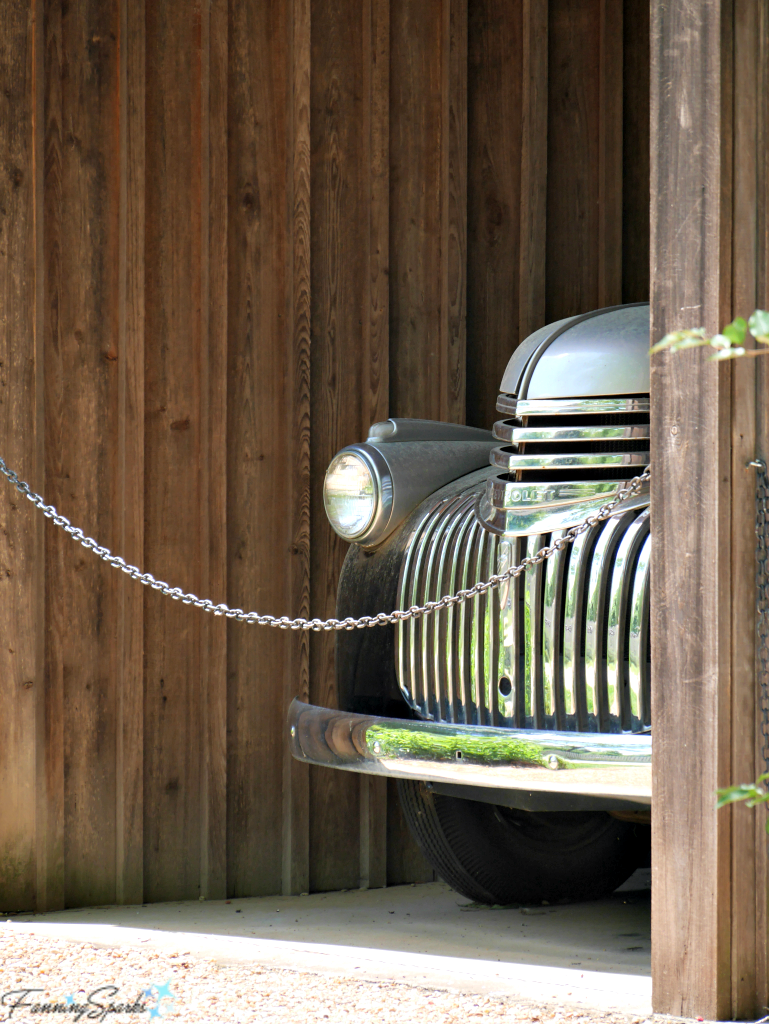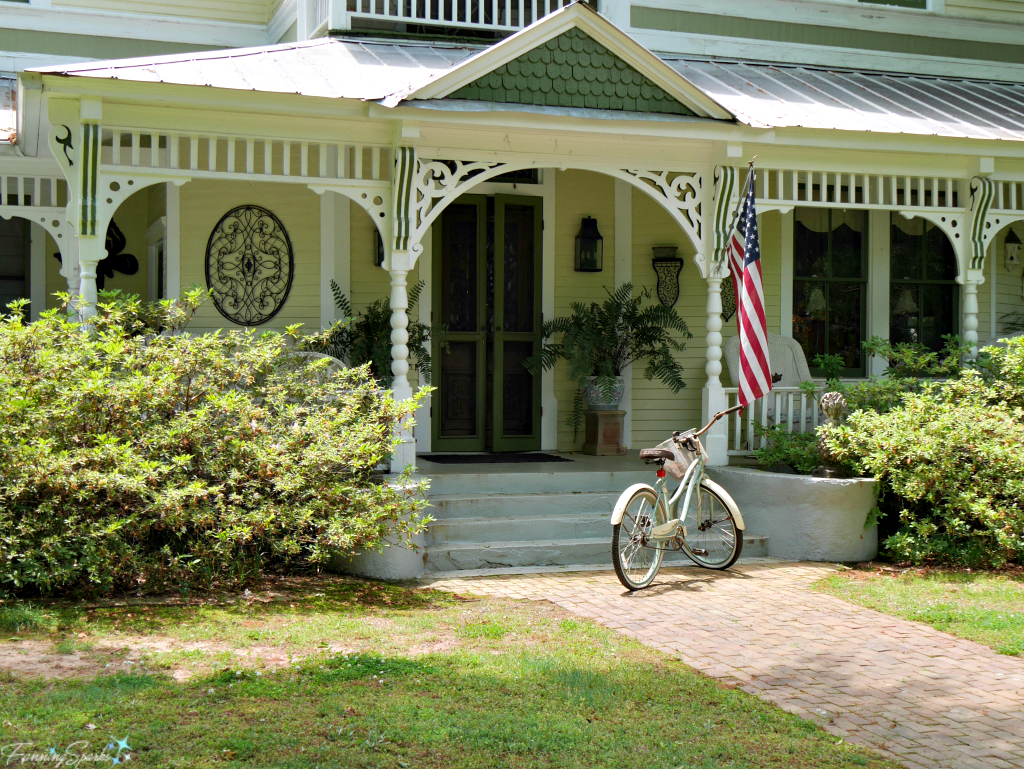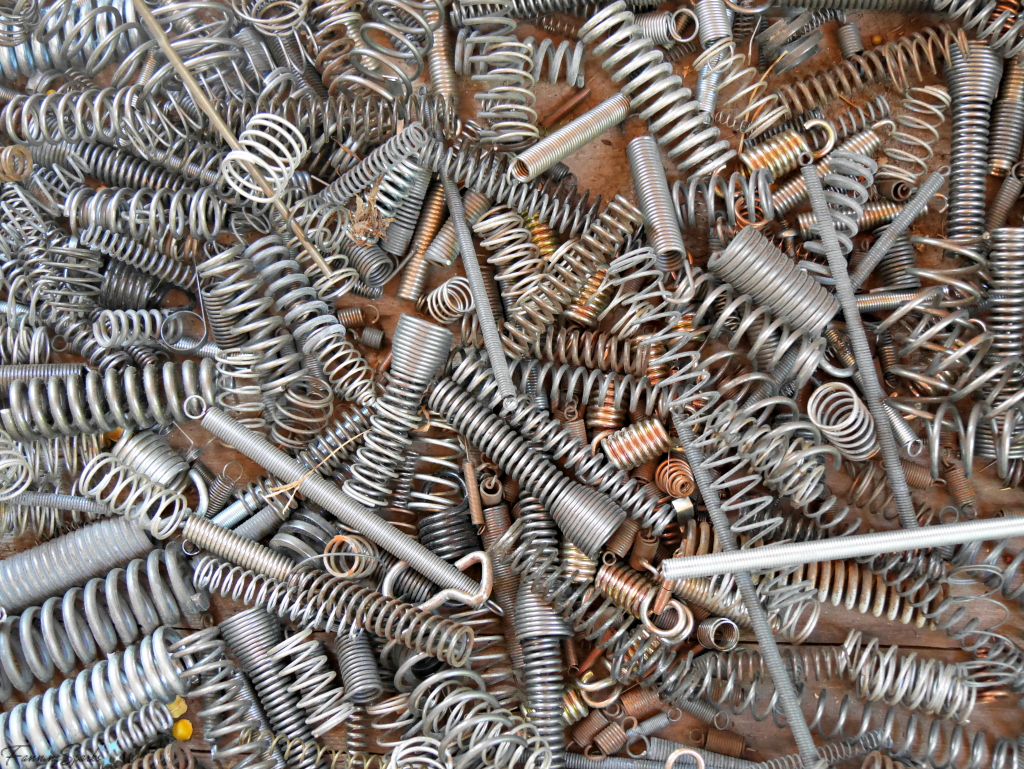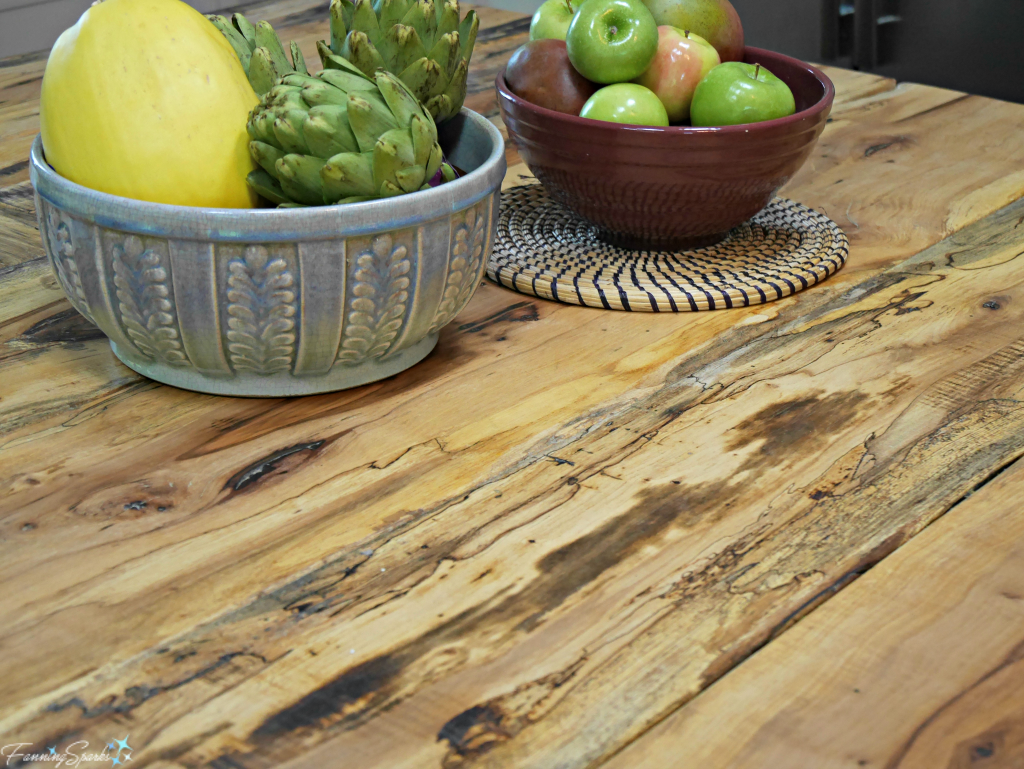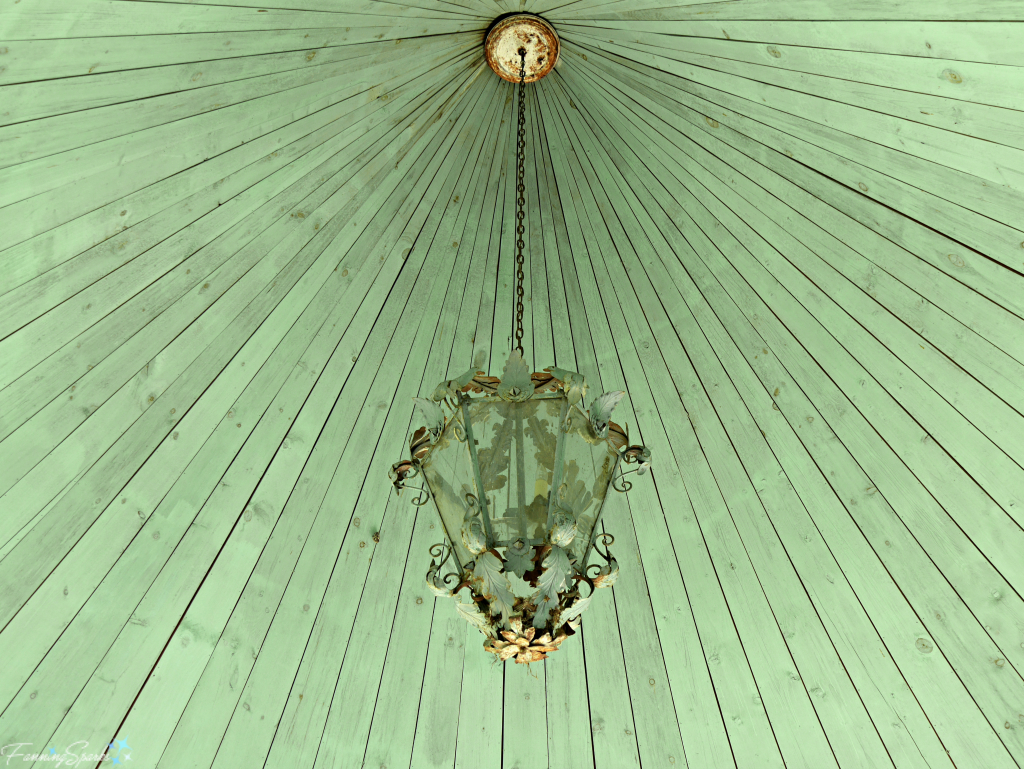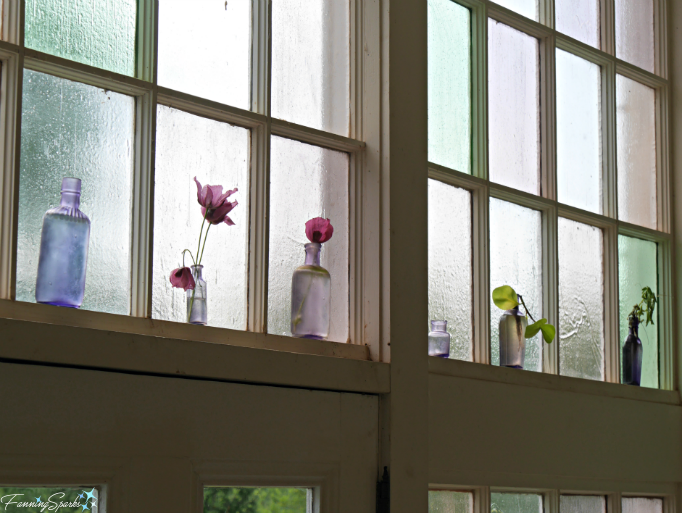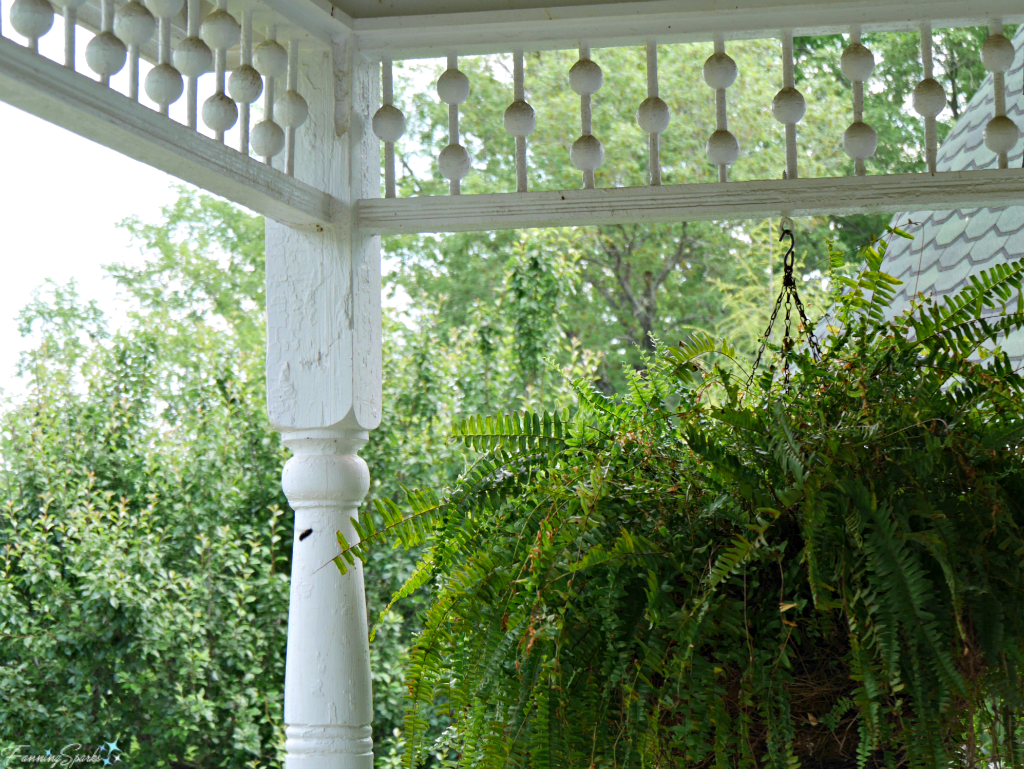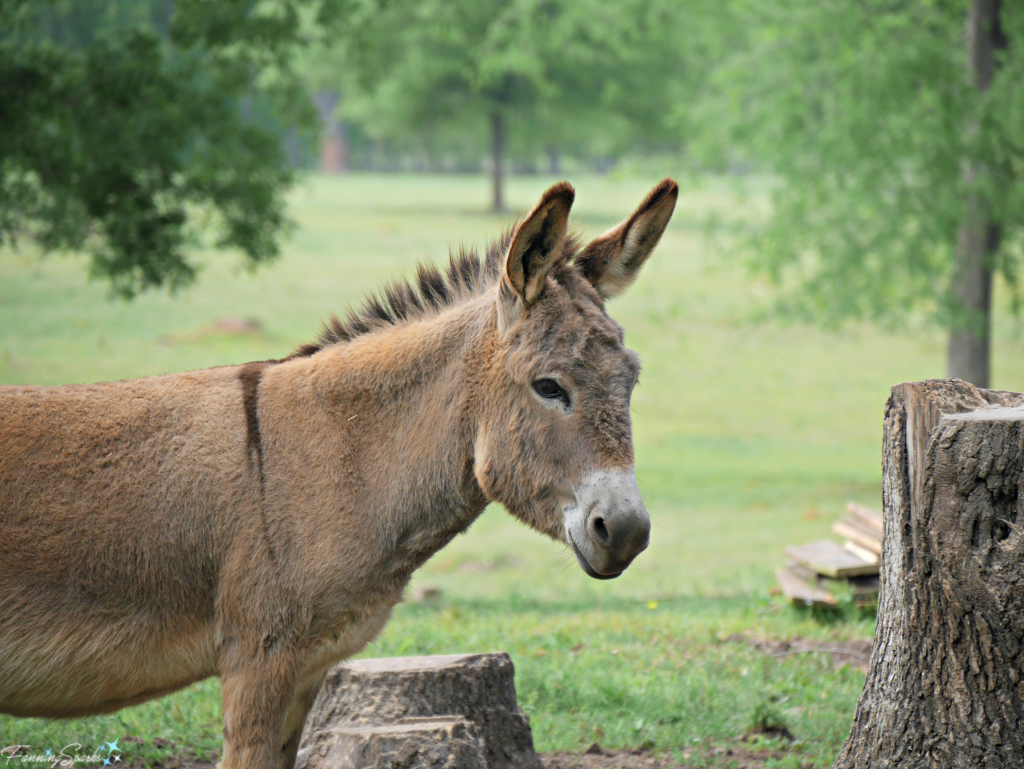Thrift stores, estate sales, antique malls, flea markets… all call my name. It’s not that I buy a great deal. I don’t collect mountains of old dishes or hoard collector’s plates or stash old time silver. Well… there is that collection of milk glass that may be a little out of control… but that’s a story for another day. One might wonder why it’s so appealing to just look at someone else’s discards. It’s the thrill of the hunt. It’s all about finding that one, perfect vintage piece. An item that brings back memories and is a pleasure to view. In my opinion, a well-placed vintage piece adds character and completes the story of our home.
The below vintage tin container is a case in point.
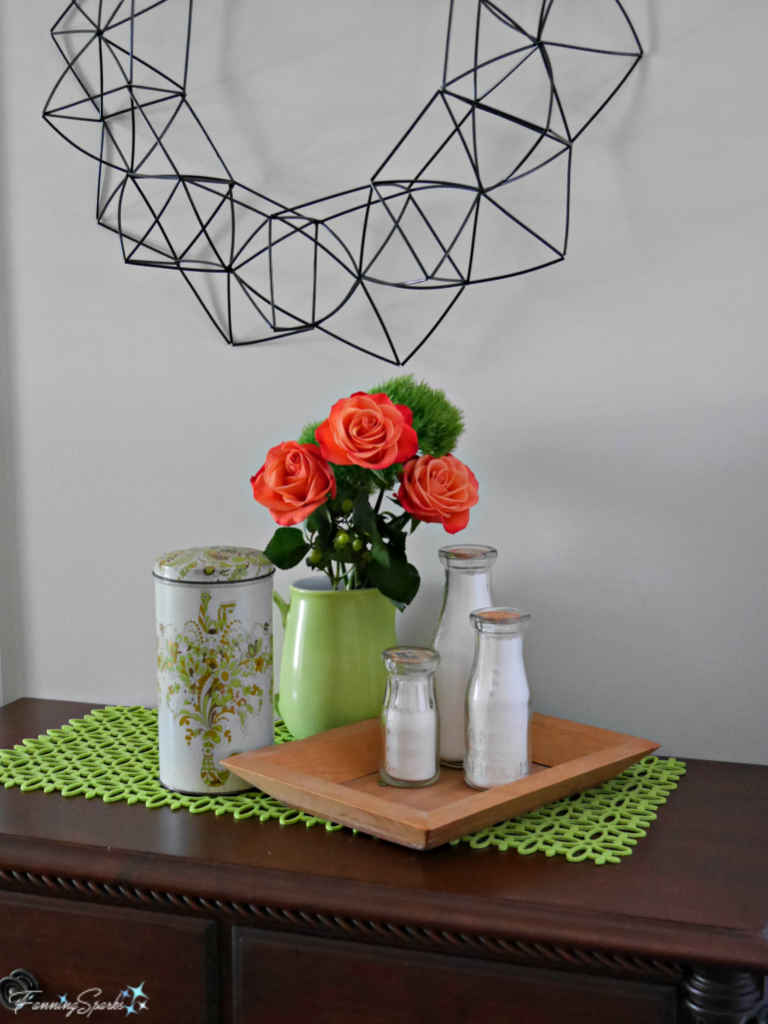
I love the design on this container. It has a distinctive art deco style and the gold and green colors are pretty and unusual. I found this container a few years ago in an antique/flea market in Belgium. I love its old world origins. But the real story here is why this container is meaningful to me.
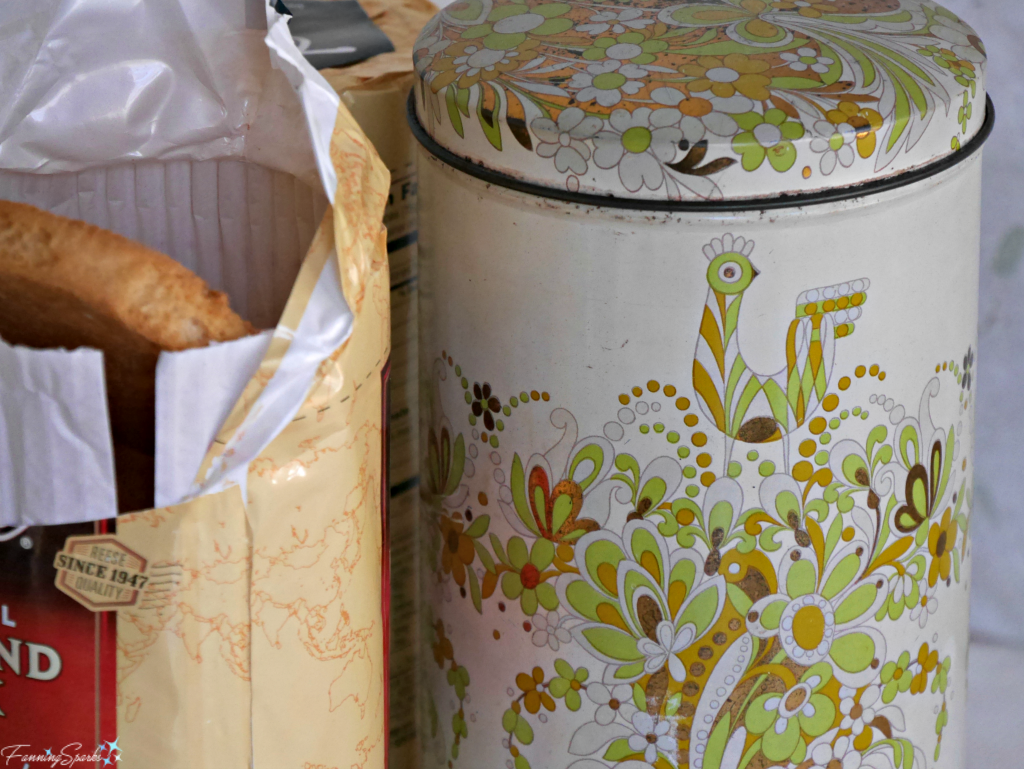
My mother and father were born in The Netherlands. They immigrated to Canada just after they were married in 1955. They brought many Dutch traditions, beliefs and practices with them including some favorite foods. One of those foods was beschuitjes or rusk which is a twice-baked bread. As children, rusk were a rare treat enjoyed when family members visited from The Netherlands. One of the unique things about rusk is the way in which it’s packaged; a dozen rusk are neatly stacked into a little tower. This brings me back to my beloved vintage tin. Notice how the vintage tin is the perfect fit for the package of rusk? When I look at that tin, I see special times with my family.
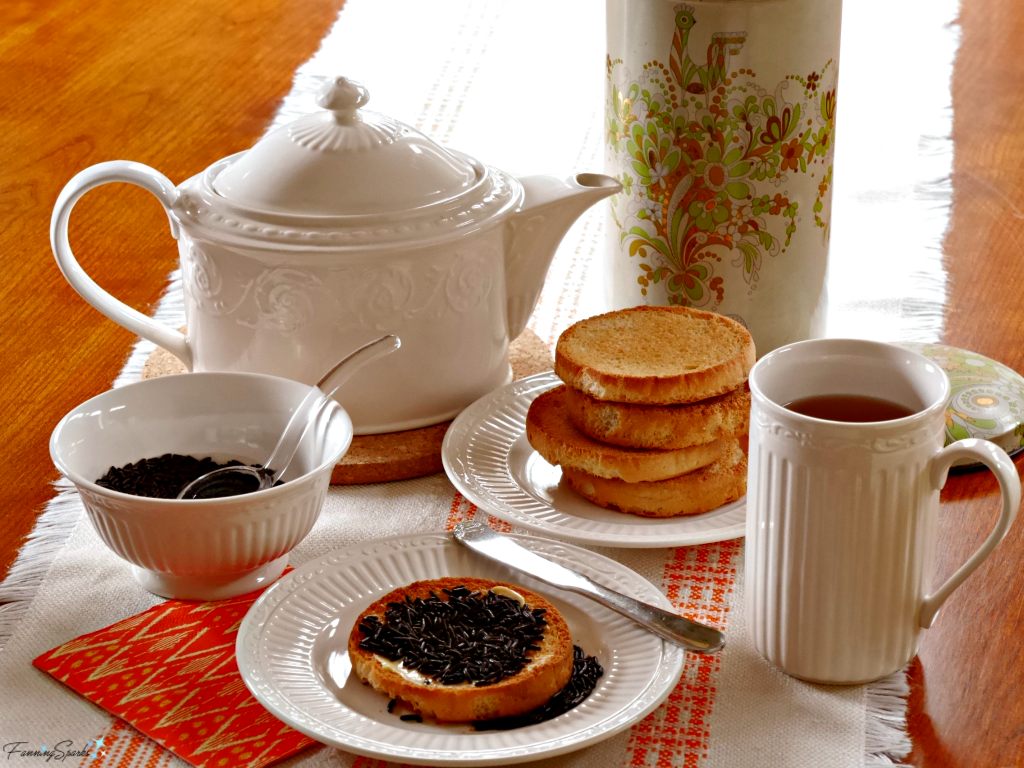
You may notice something else that’s rather unusual in the above photo. The topping on the rusk looks like chocolate sprinkles. Indeed it is! The Dutch name for this sweet topping is hagelslag. It’s not at all unusual to have hagelslag on a beschuit for breakfast in The Netherlands.
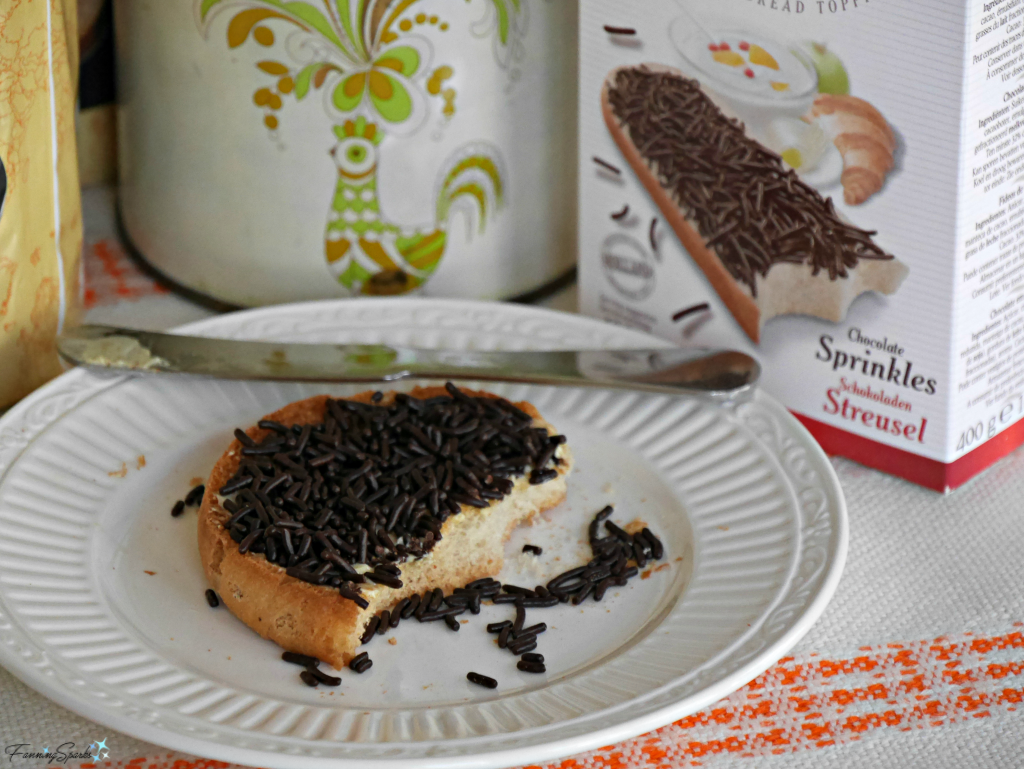
Interestingly, there’s a Dutch tradition to celebrate the birth of a child that involves rusk and sprinkles. In this case, the sprinkles, called muisjes, are anise seed flavored and come in baby blue or baby pink. Traditionally, visitors are served rusk with color-coordinated sprinkles … blue for a boy or pink for a girl… when they visit a family to celebrate the birth of a baby. My immediate family did not follow this tradition but my Mom does remember getting these treats when babies were born to the Dutch royal family. Are you familiar with this tradition? Do you have similar memories?
Today’s Takeaways
I hope this post sparks some ideas for you too:
1. Keep your eyes open for meaningful vintage items at thrift stores, estate sales, antique malls and flea markets.
2. A well-placed vintage item can add richness and depth to your home’s décor.
3. Connecting with the past is integral to telling the story of our lives.


